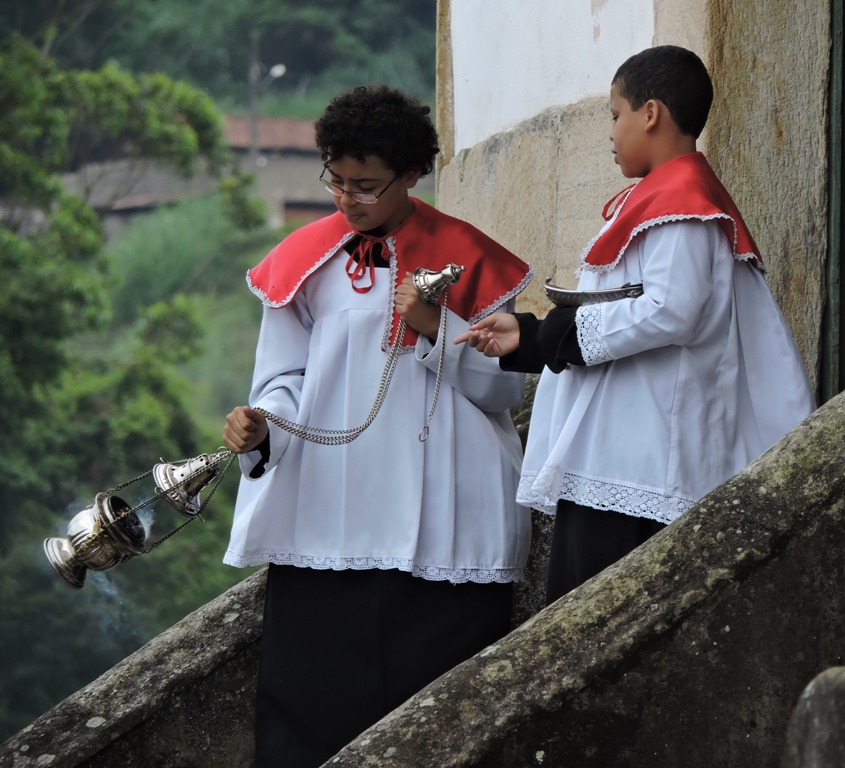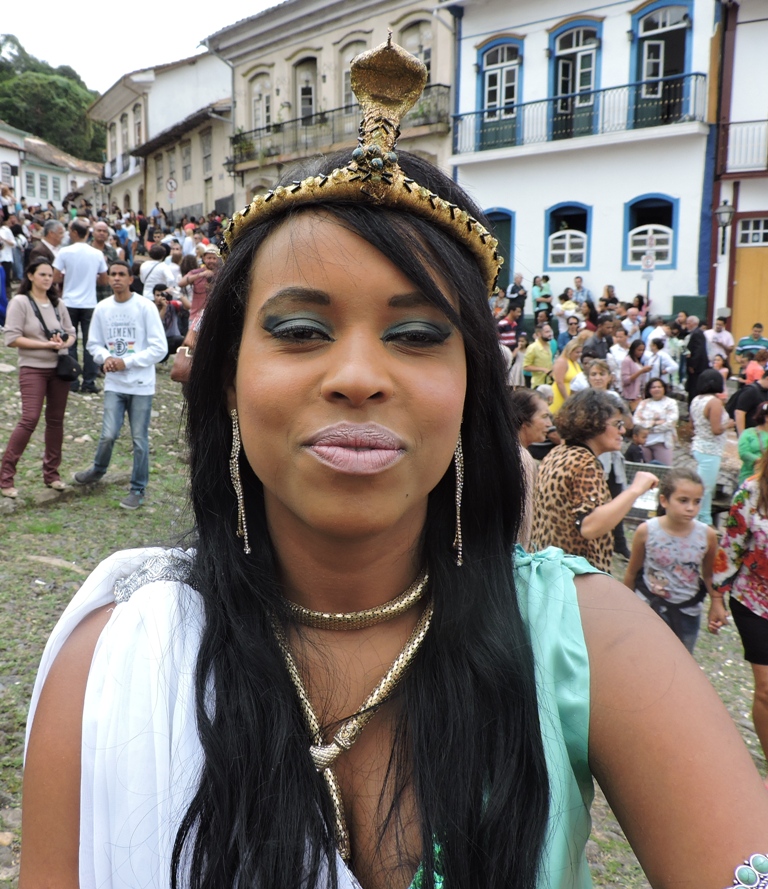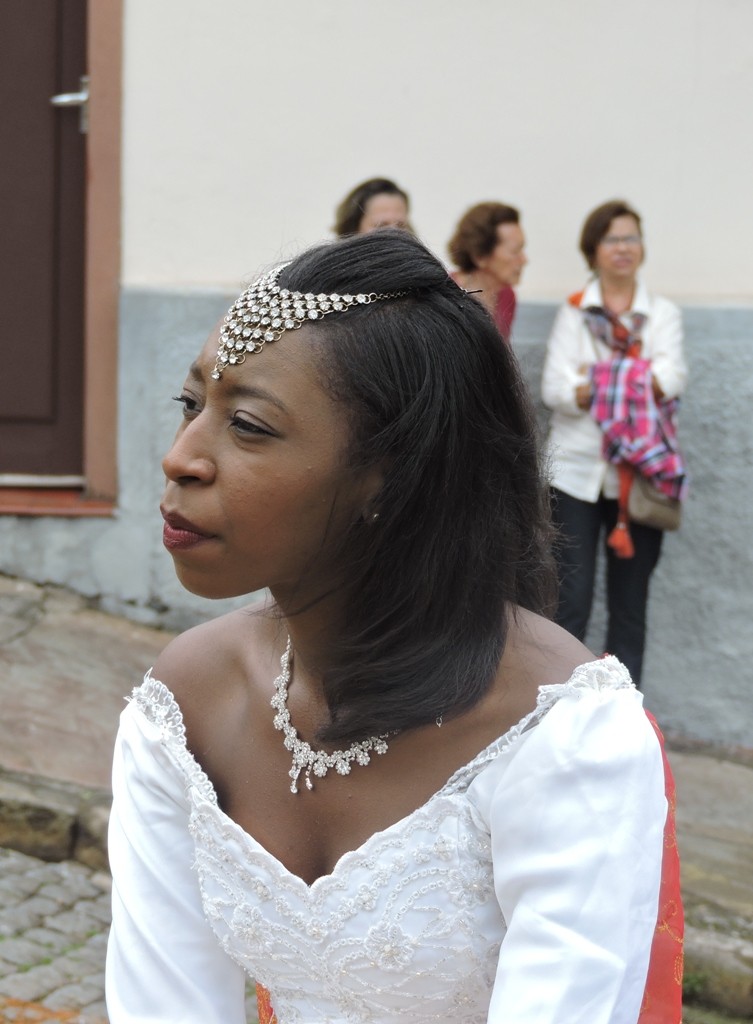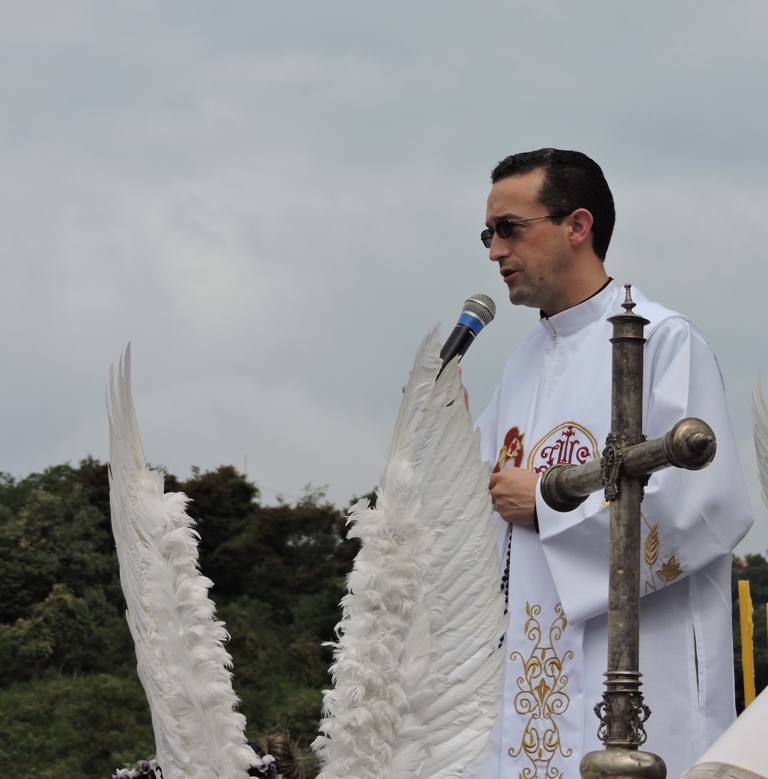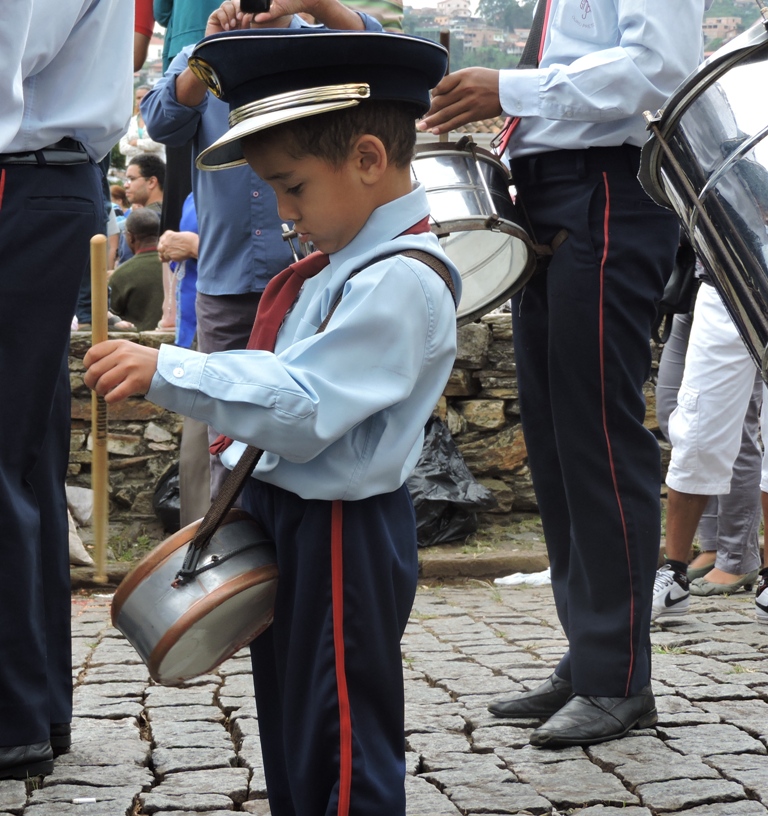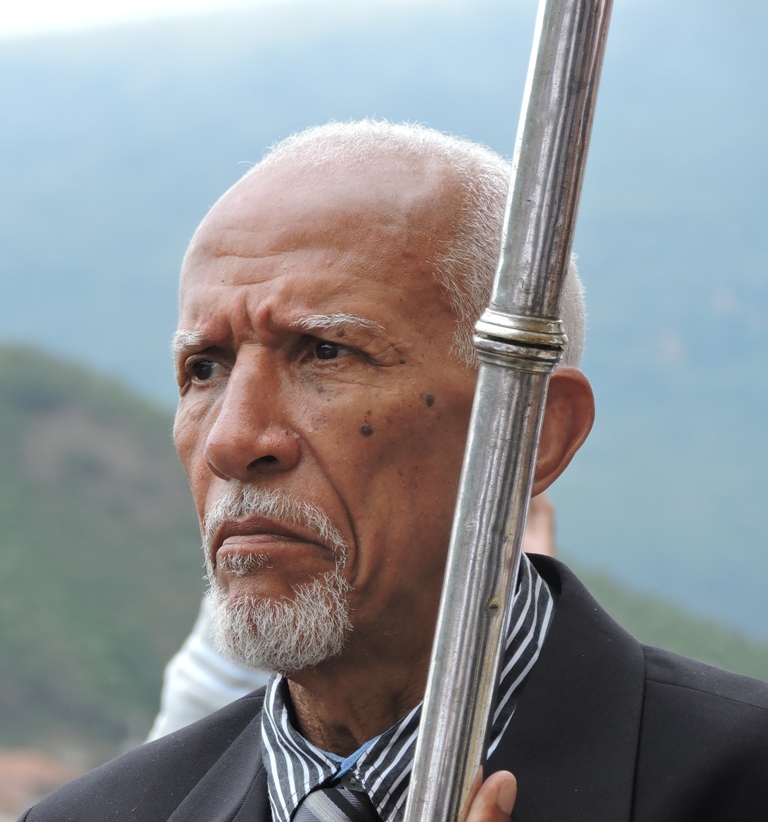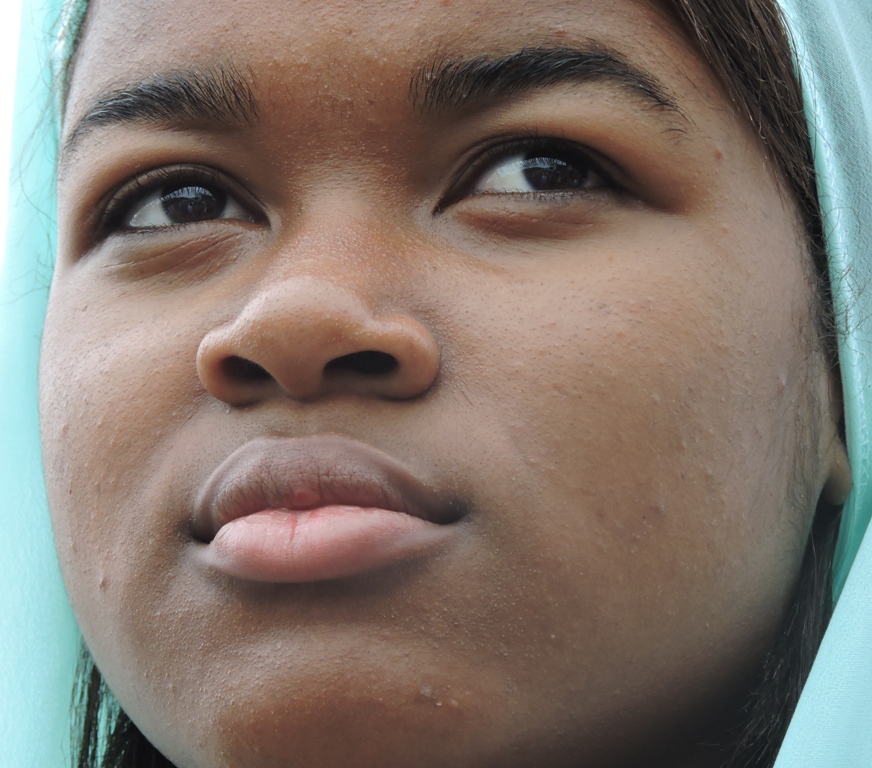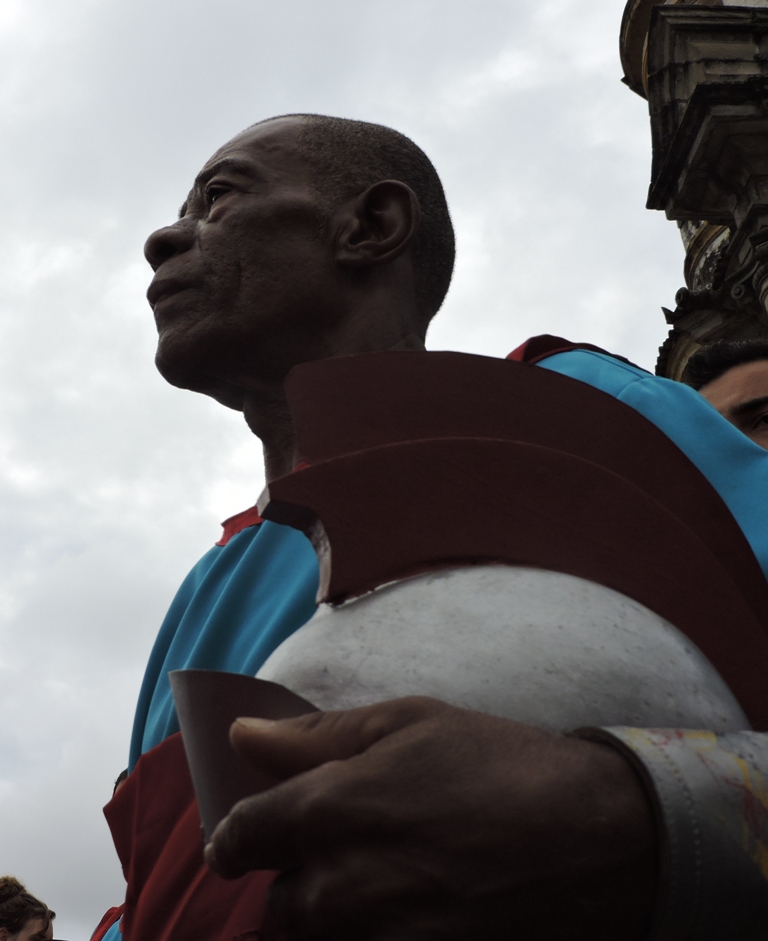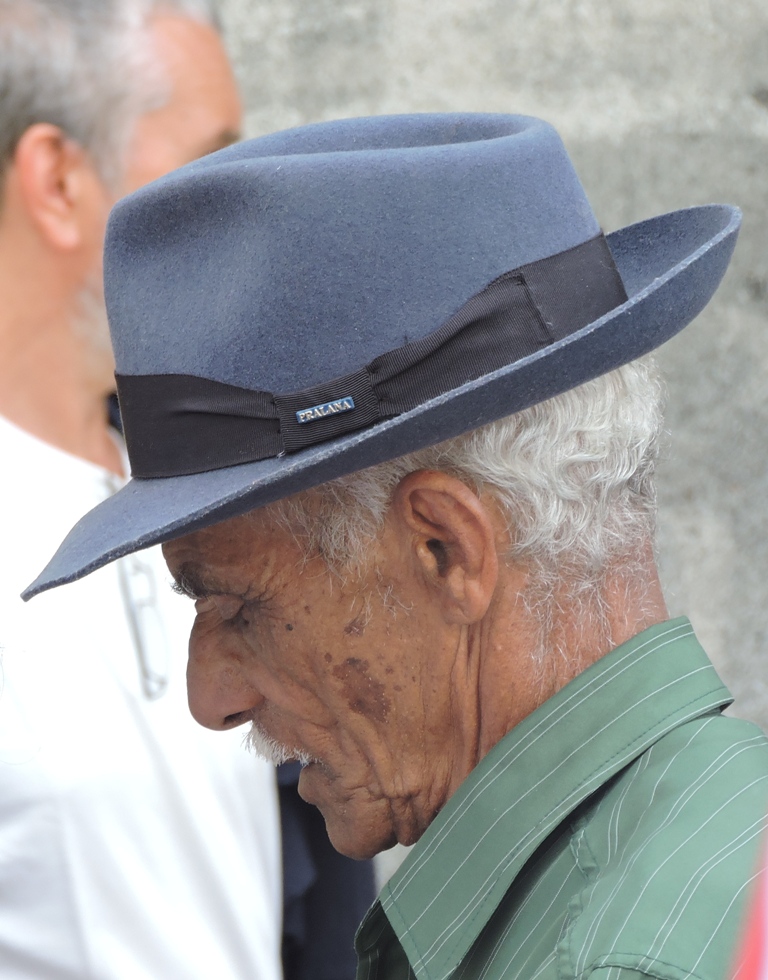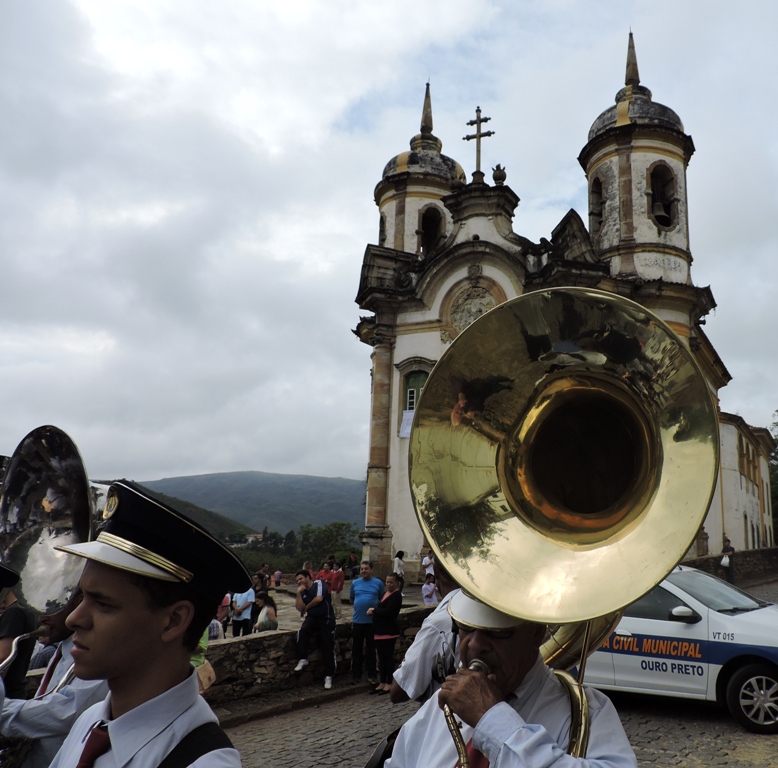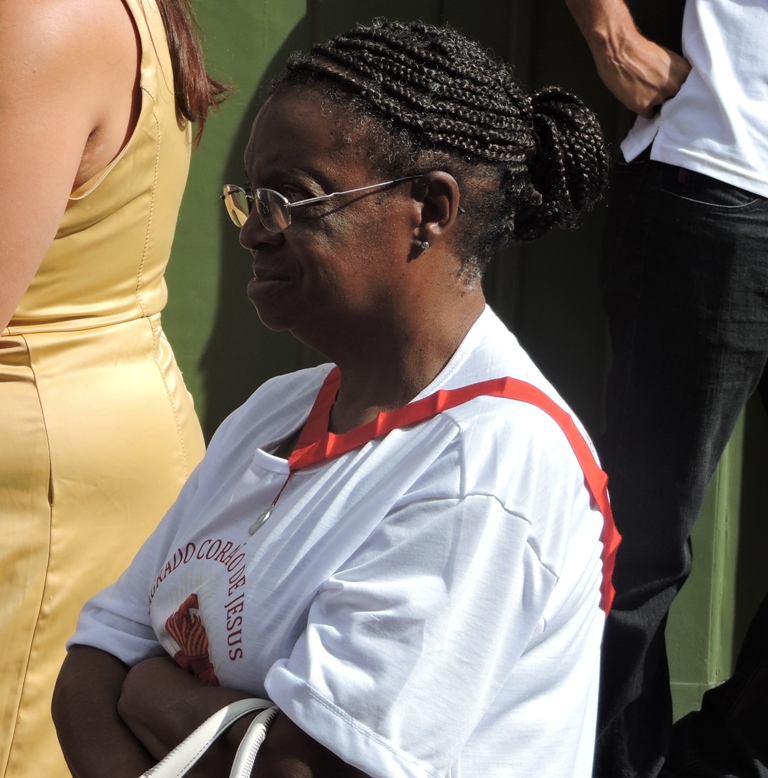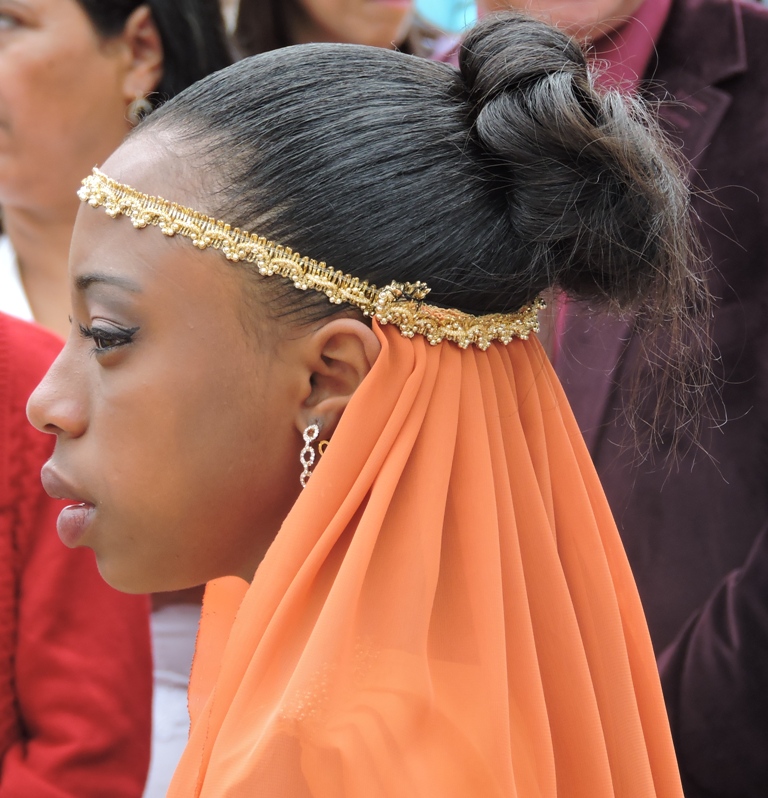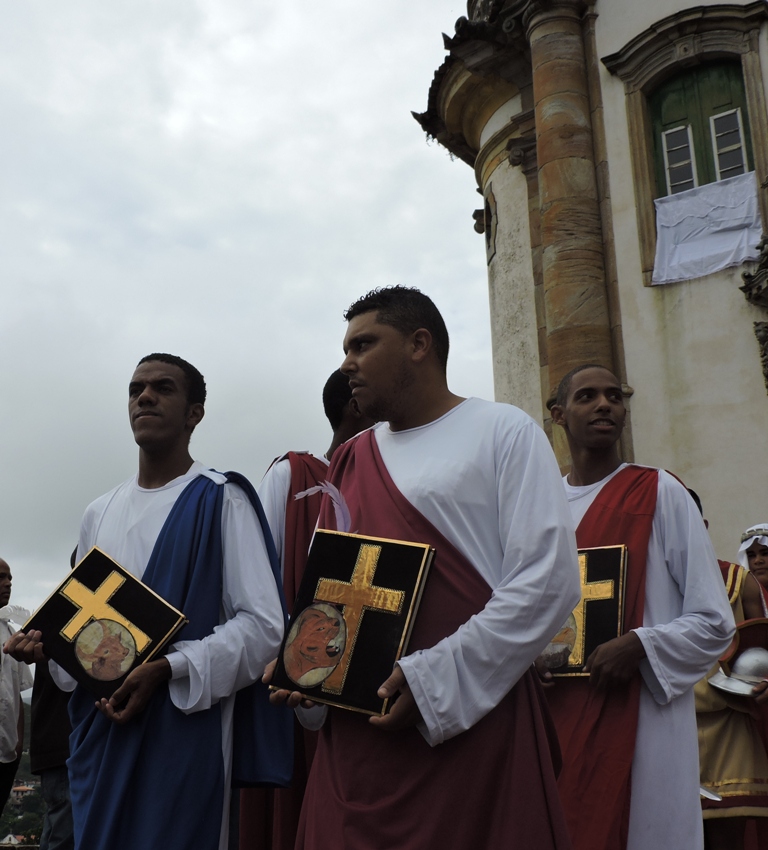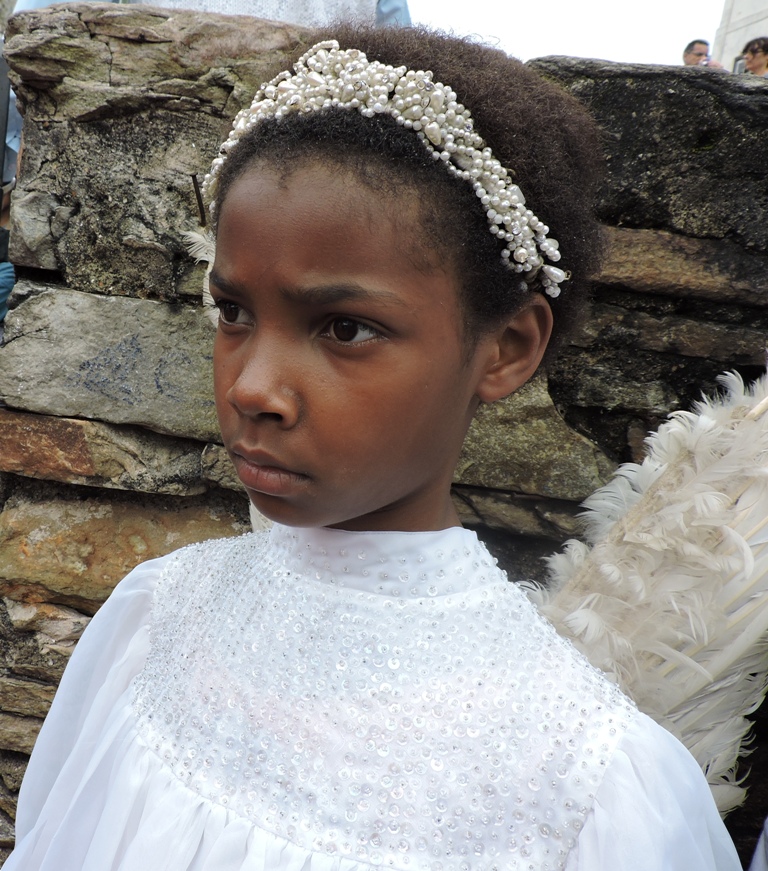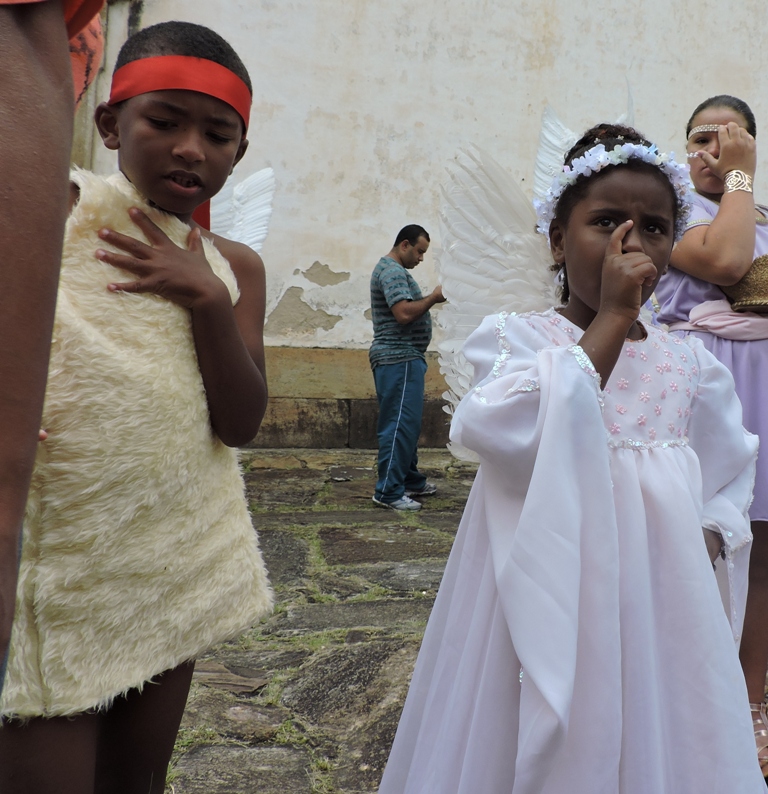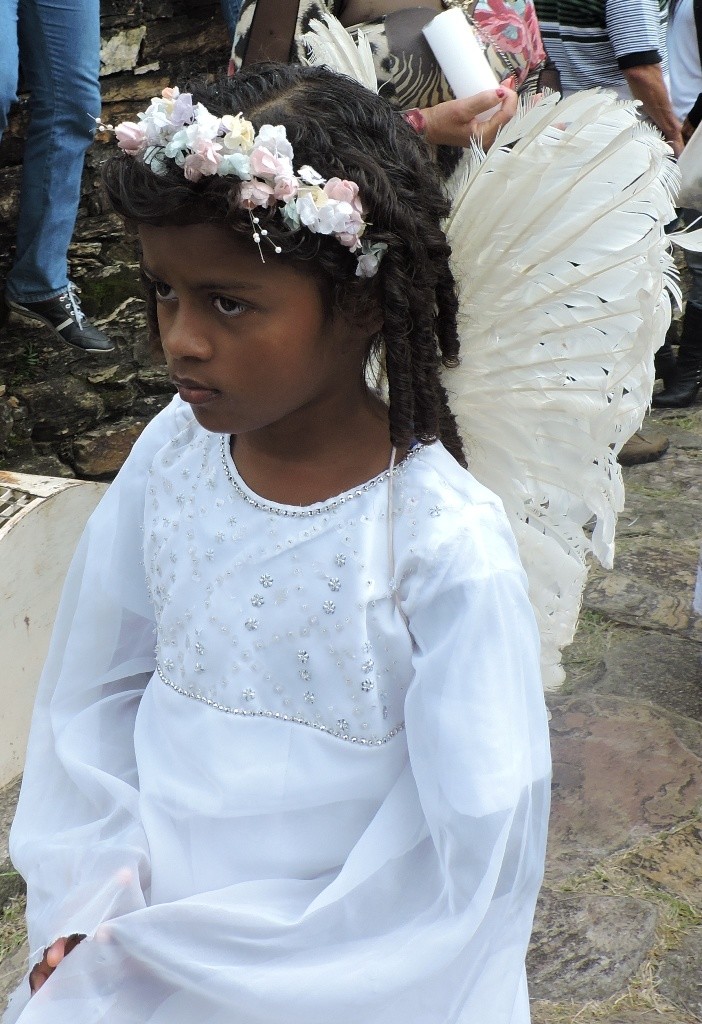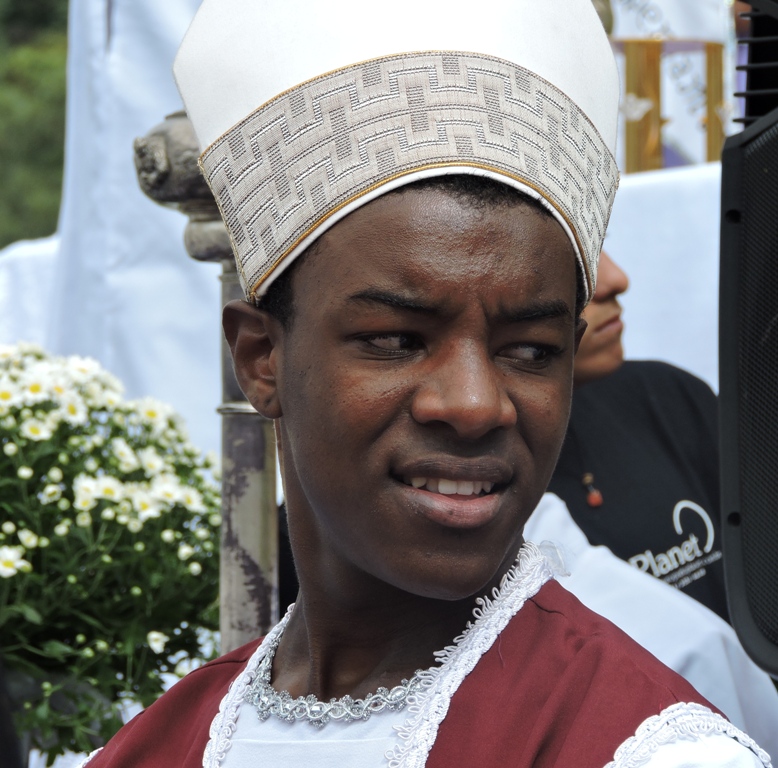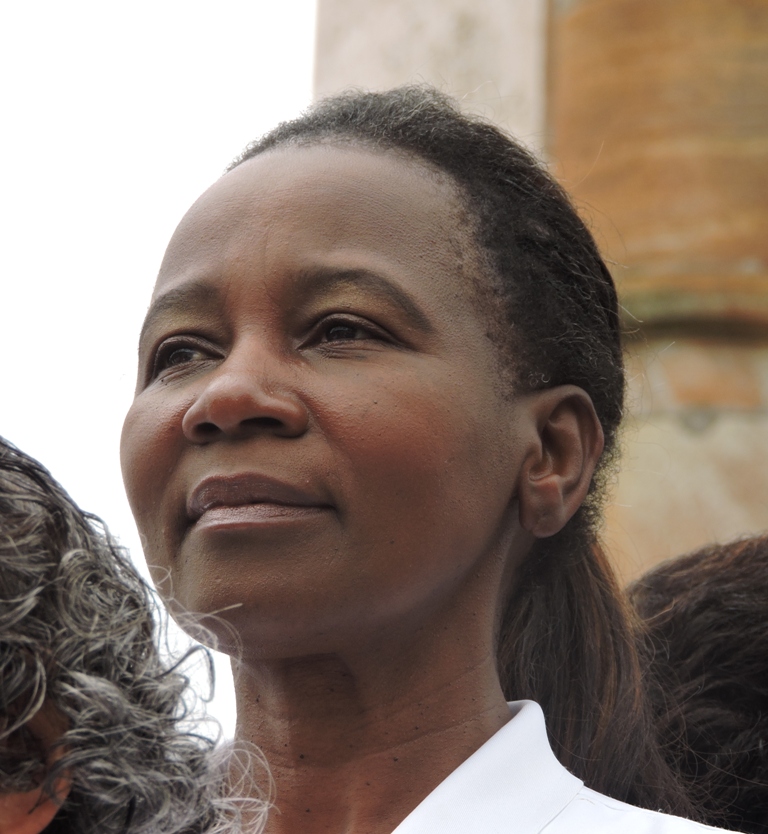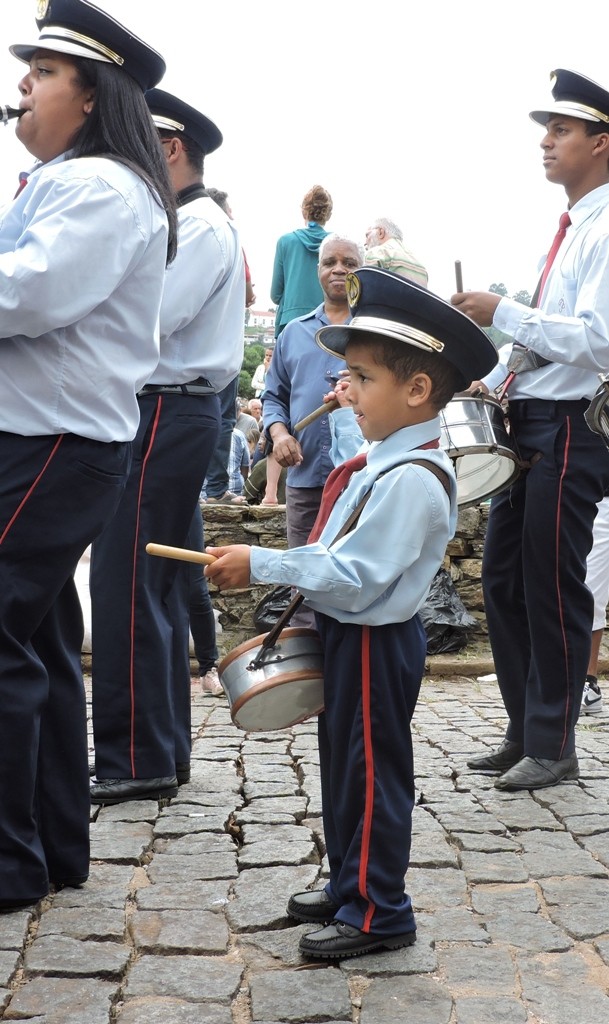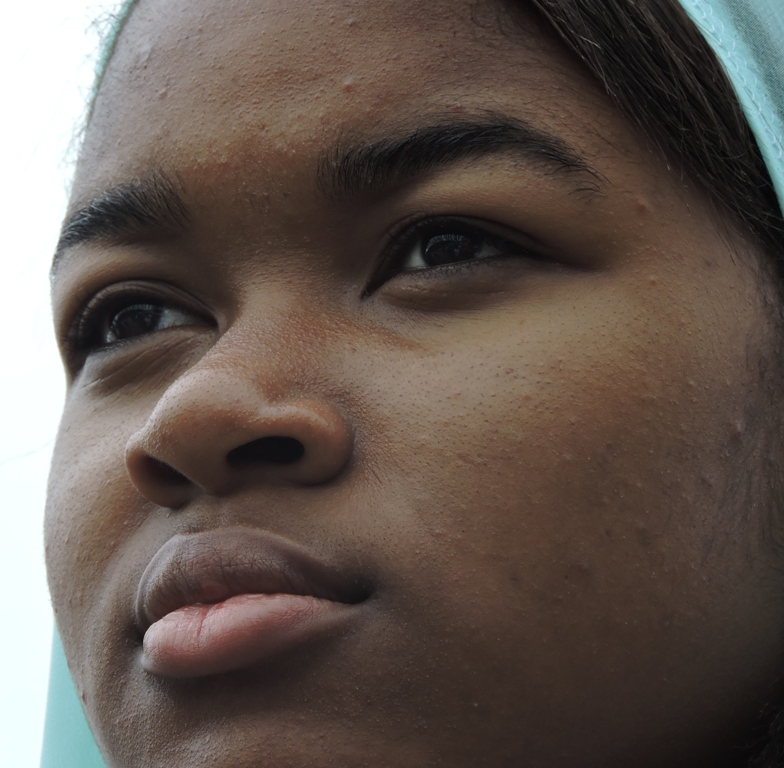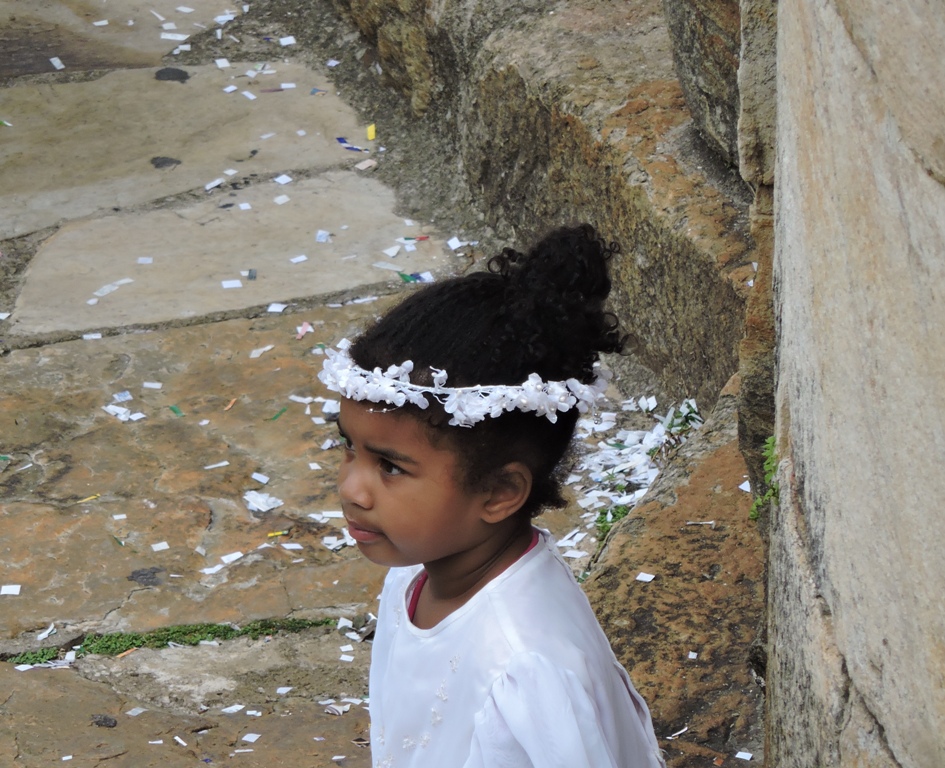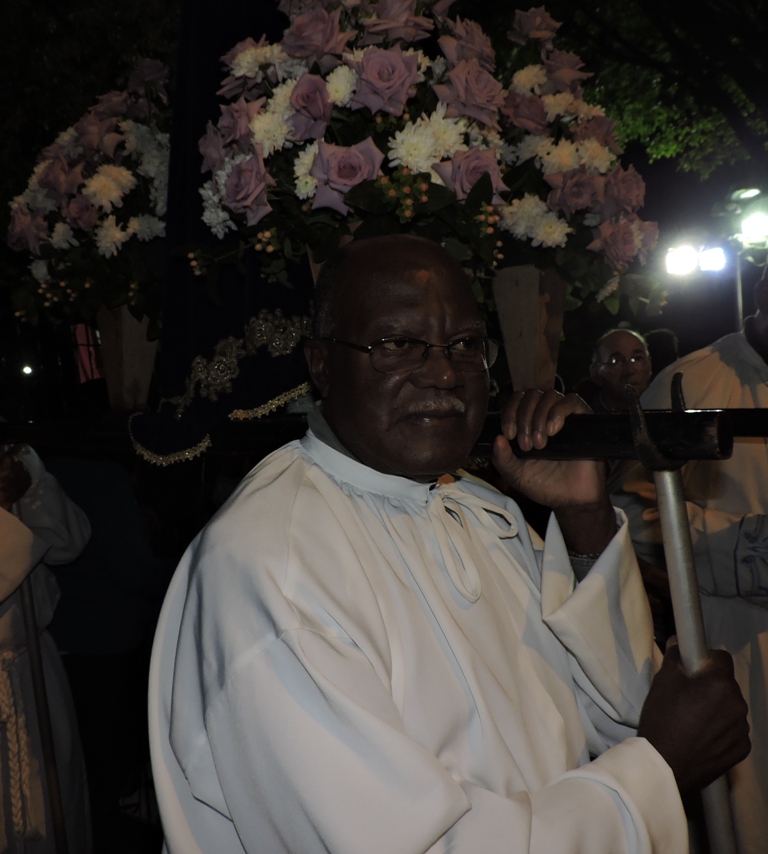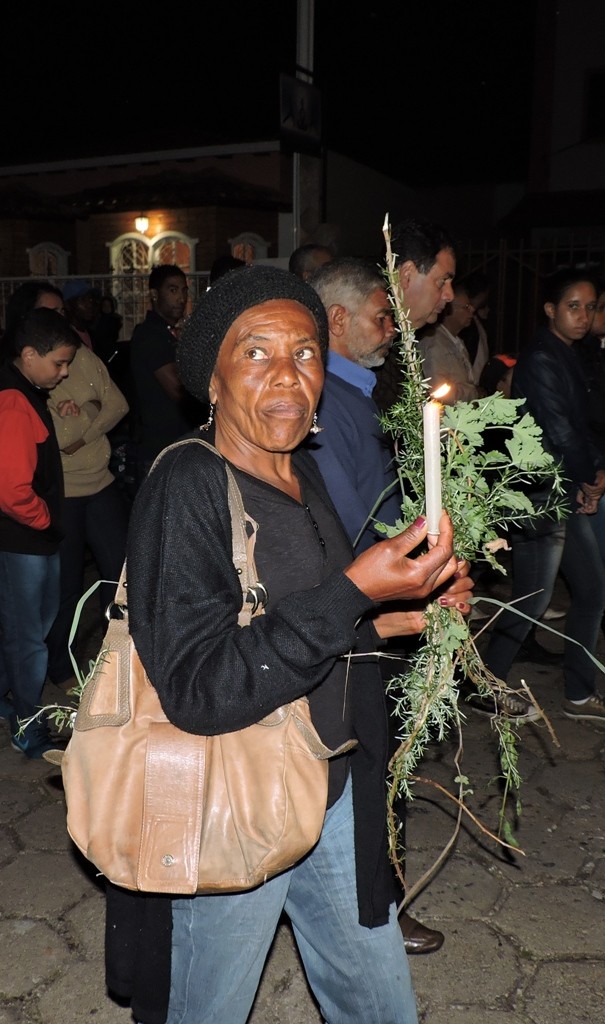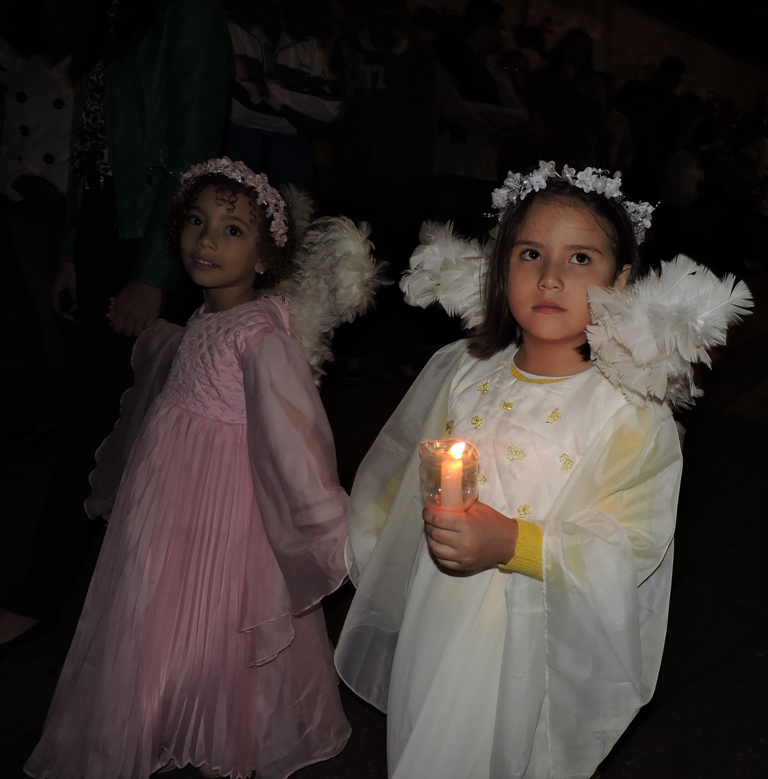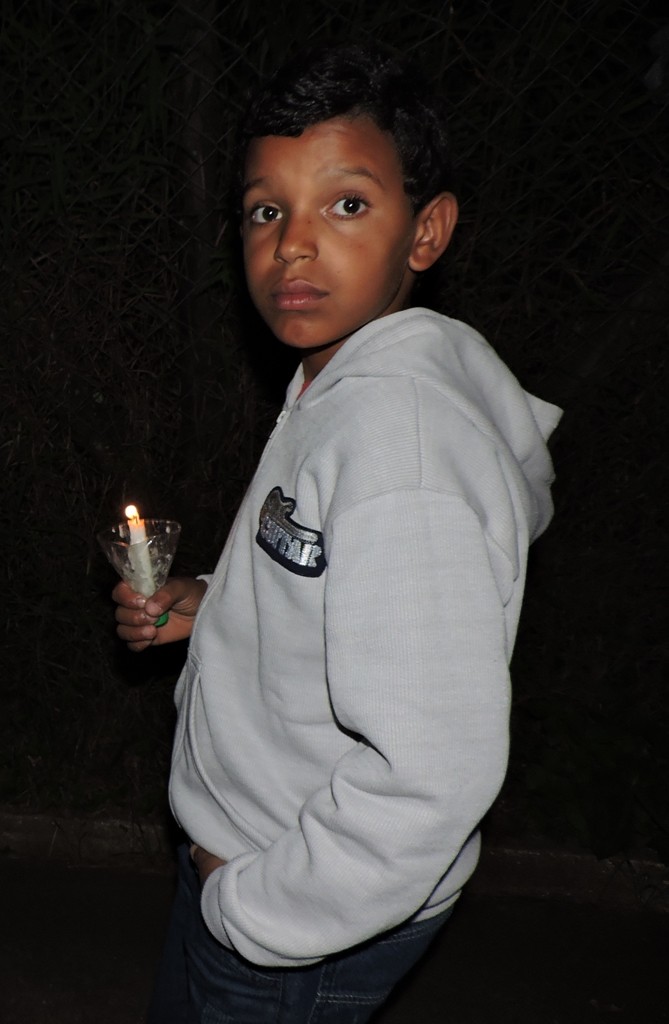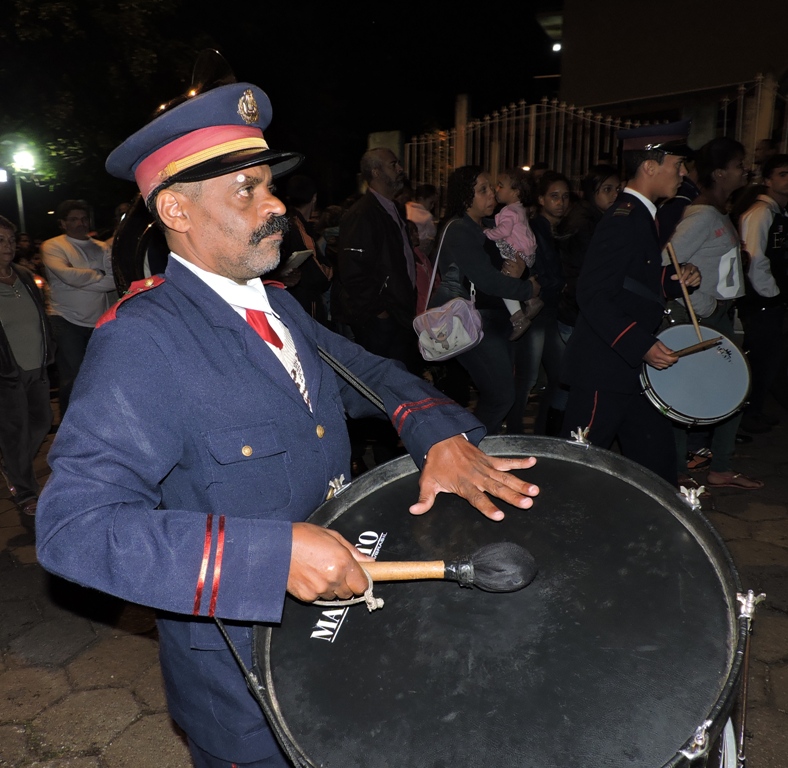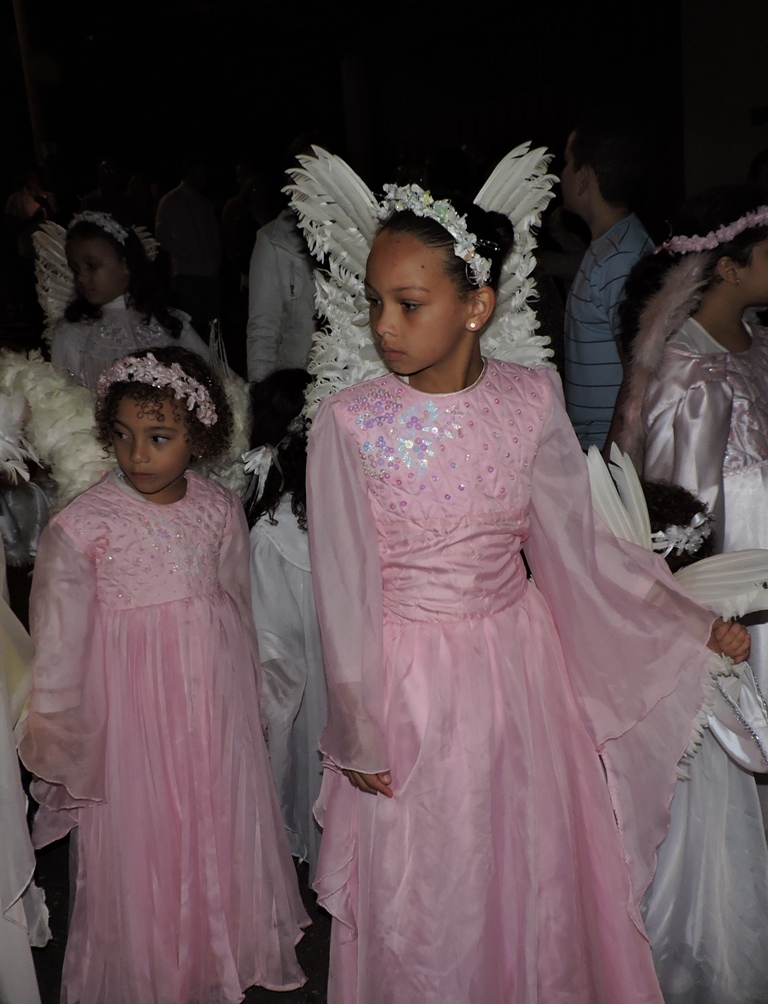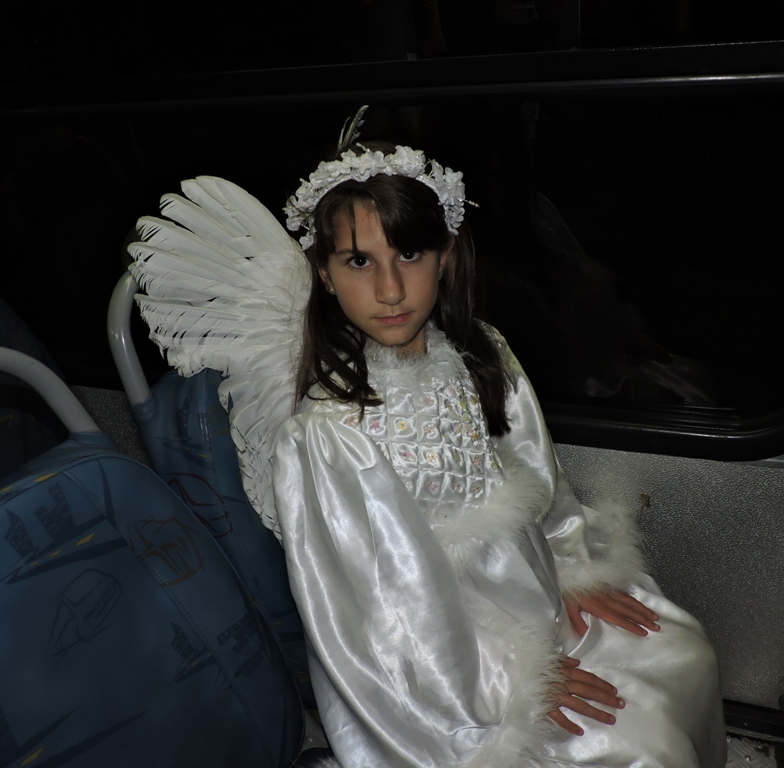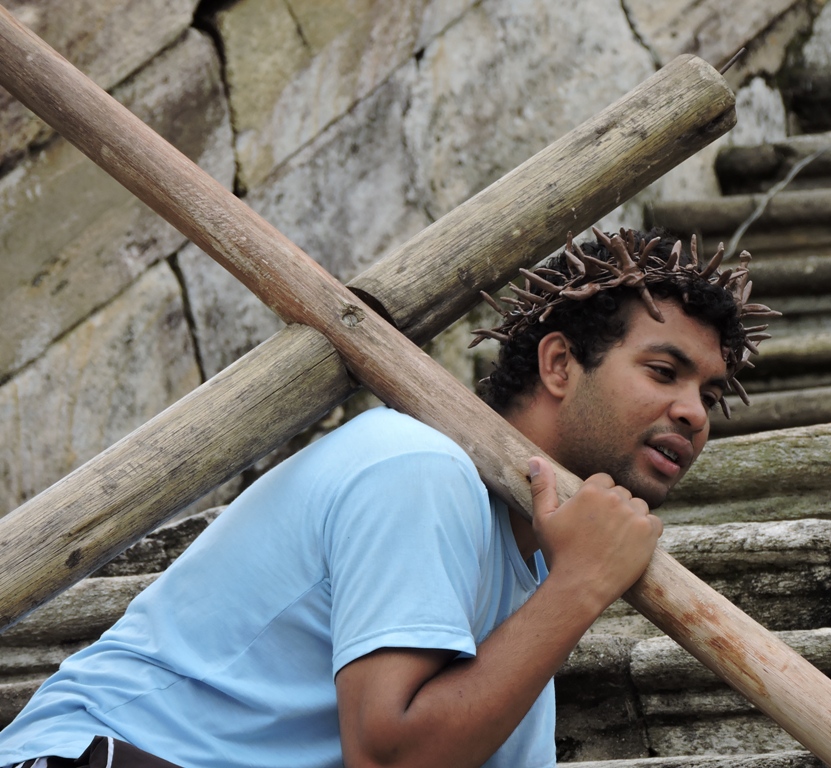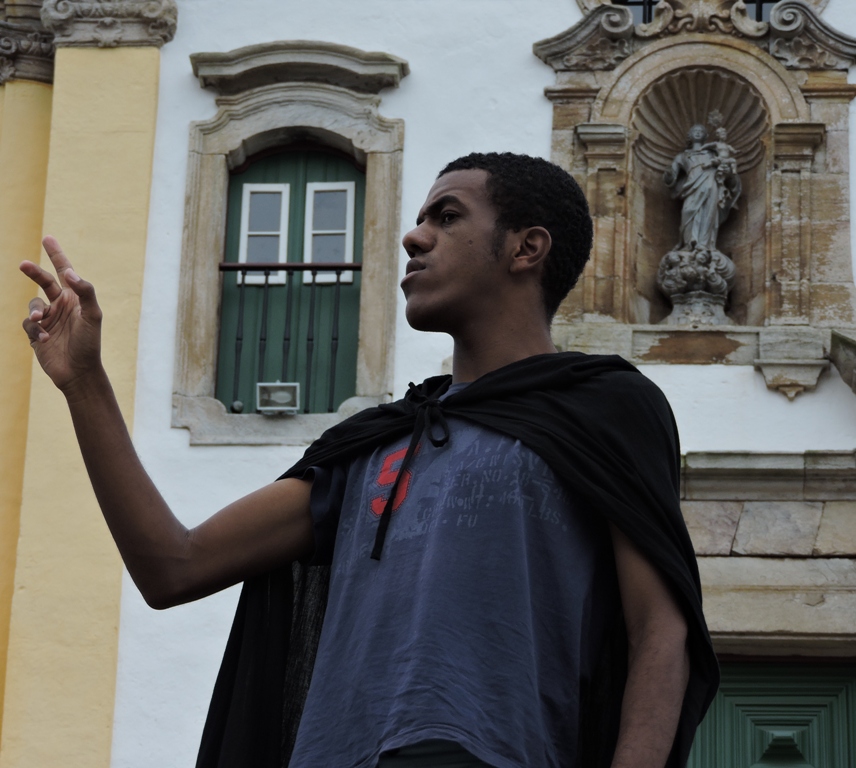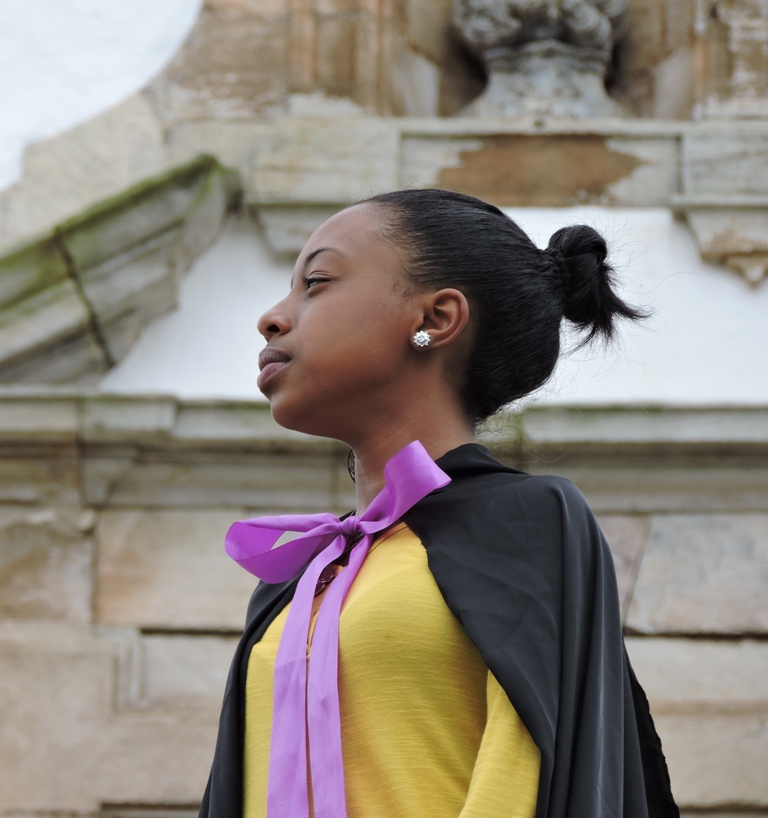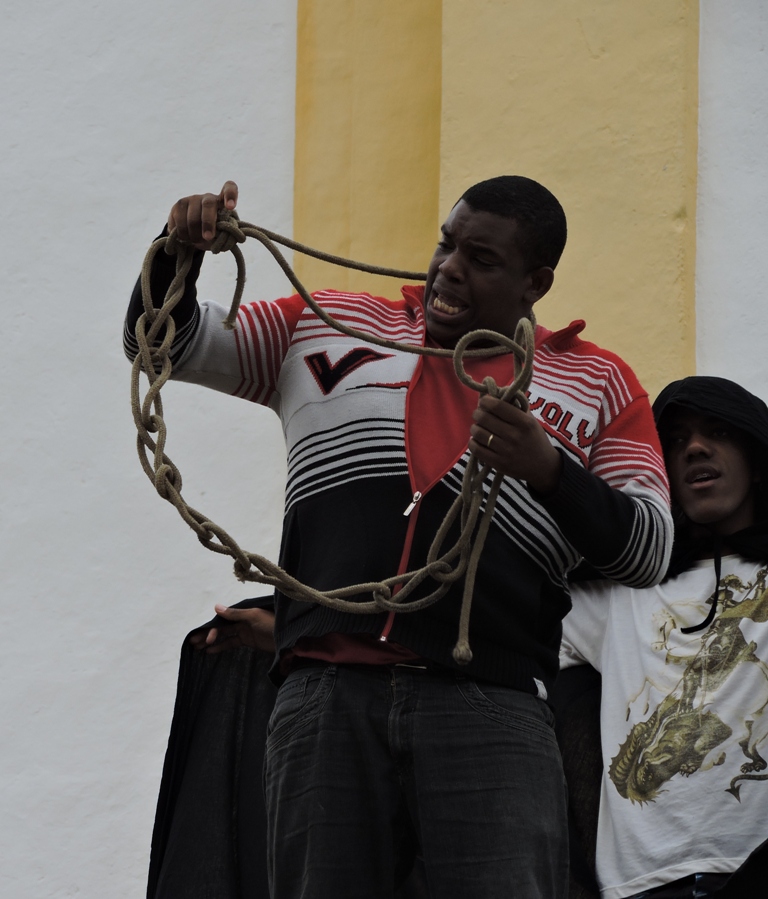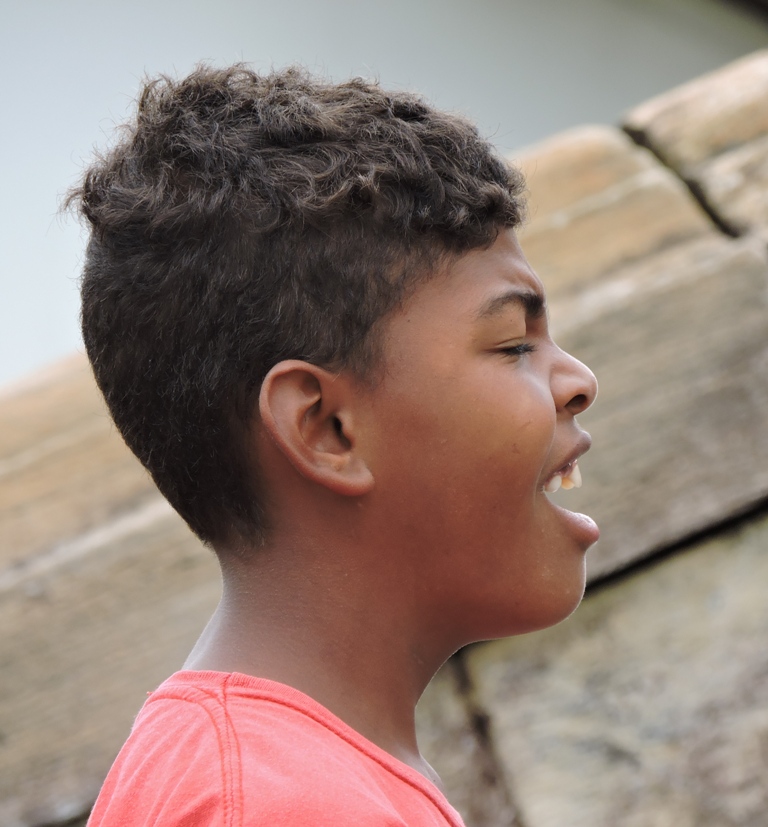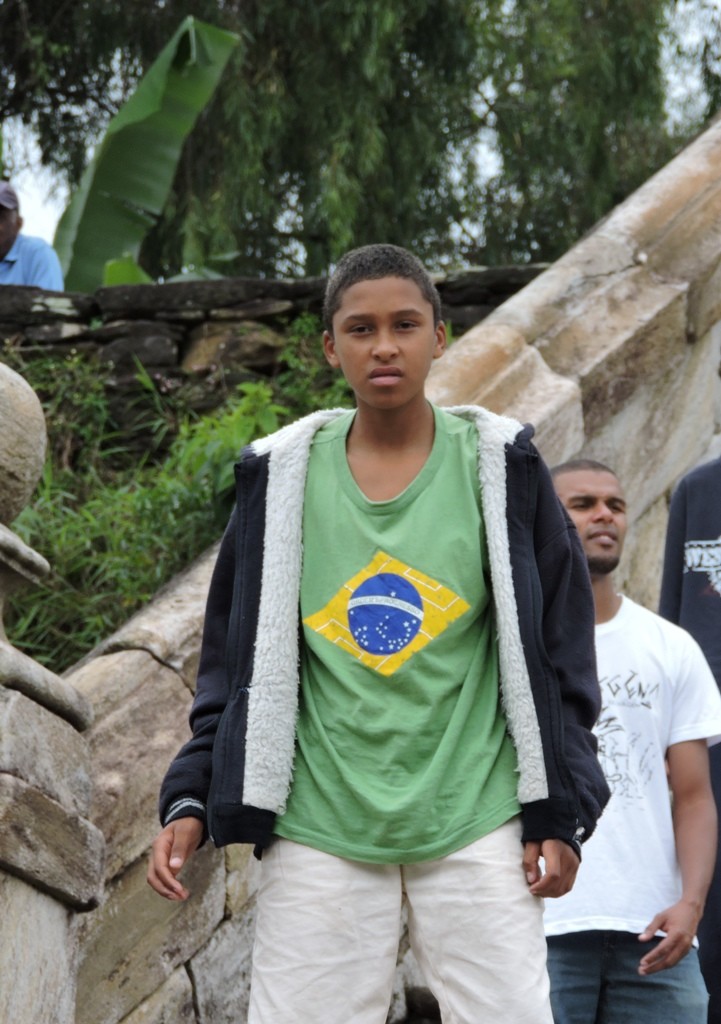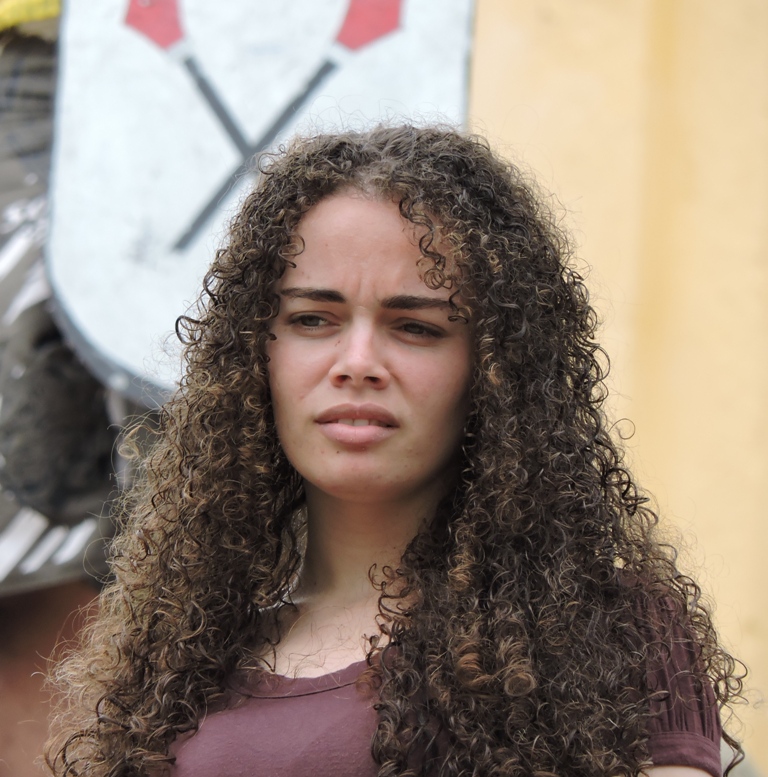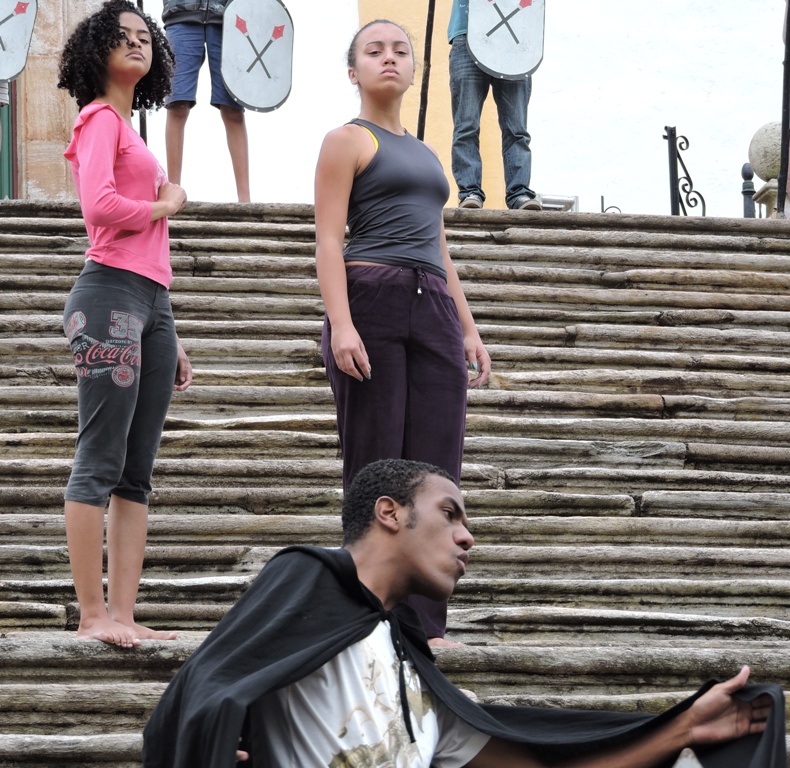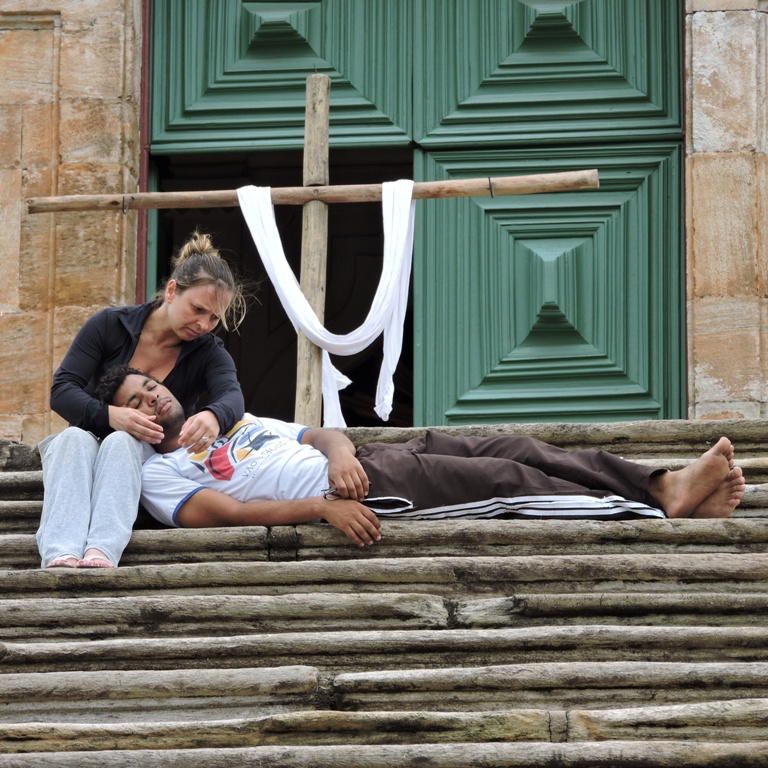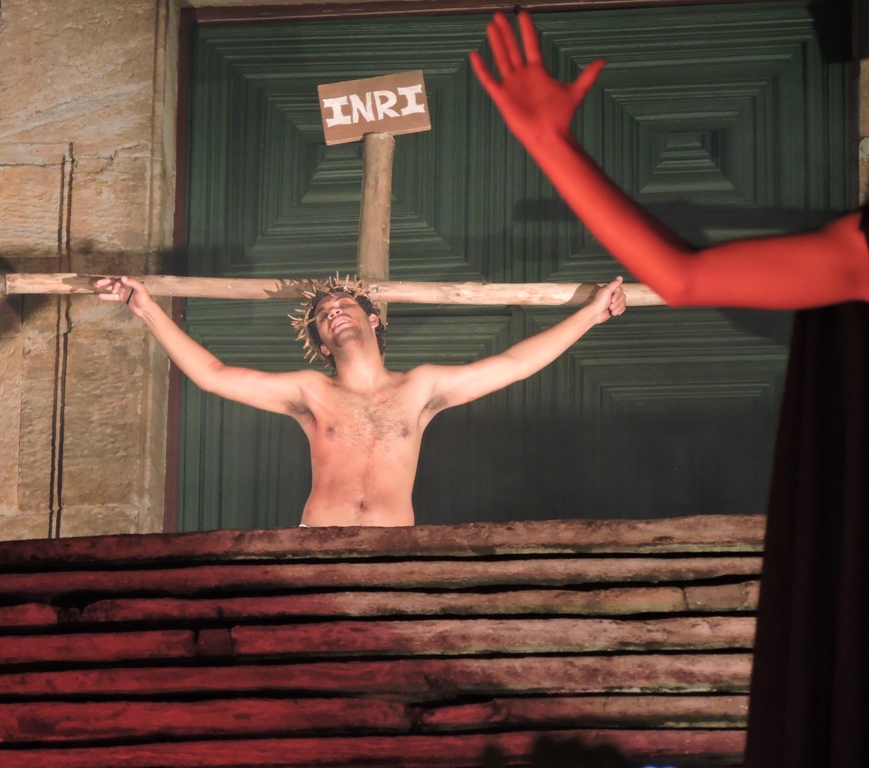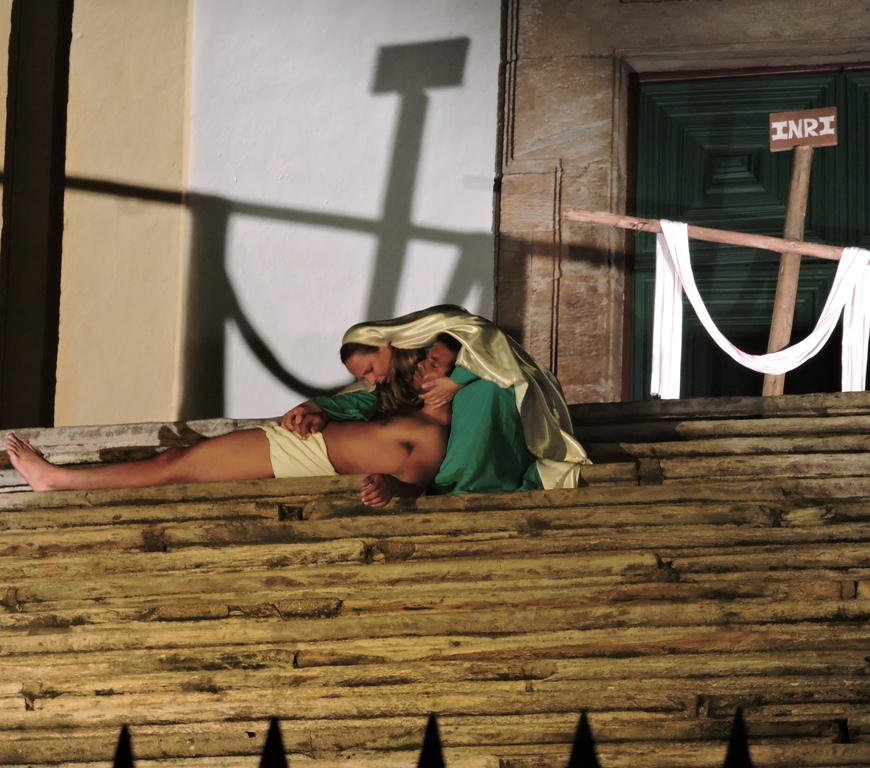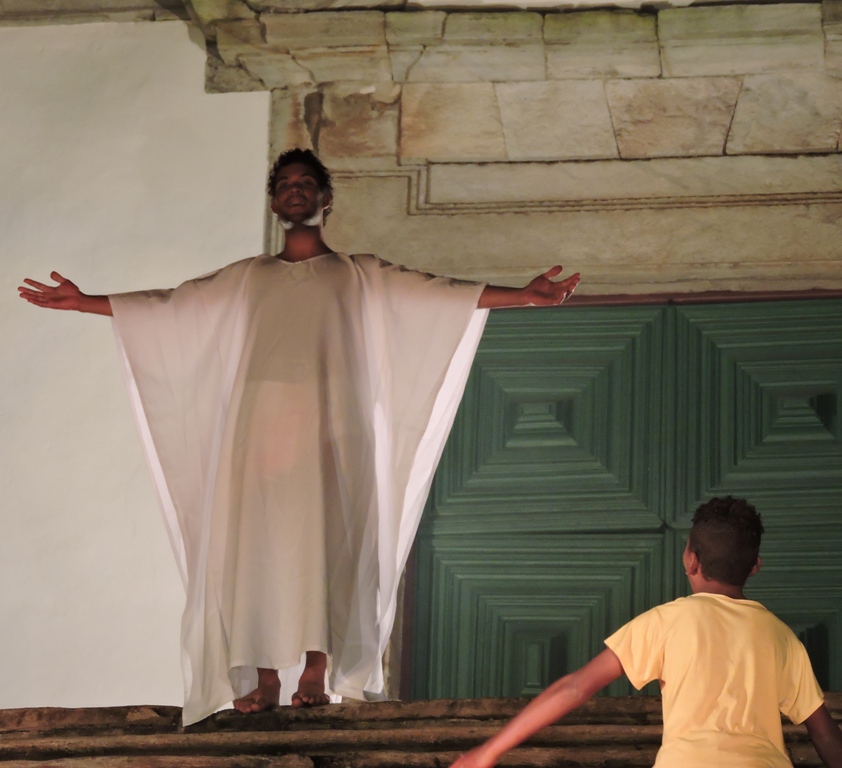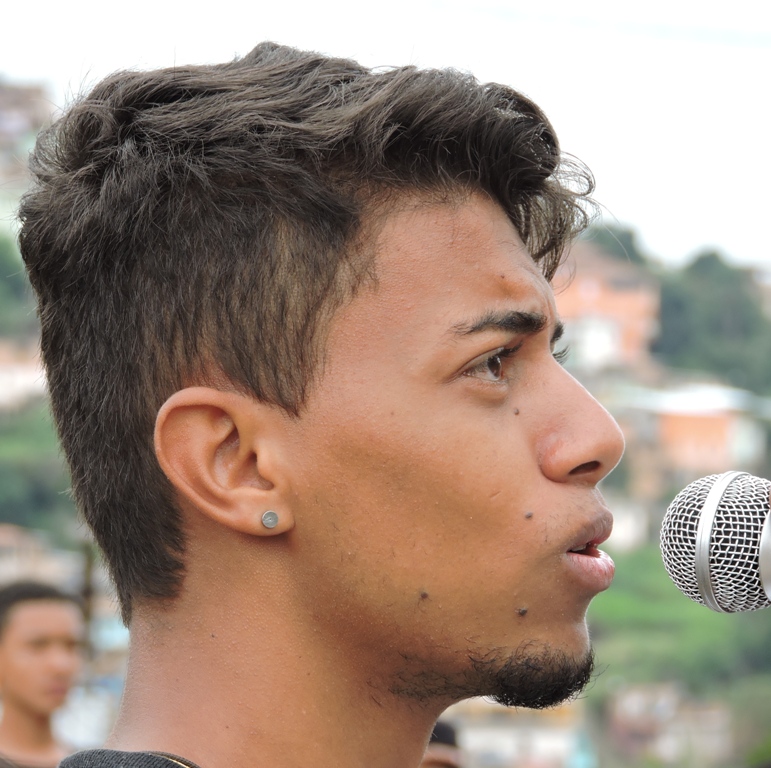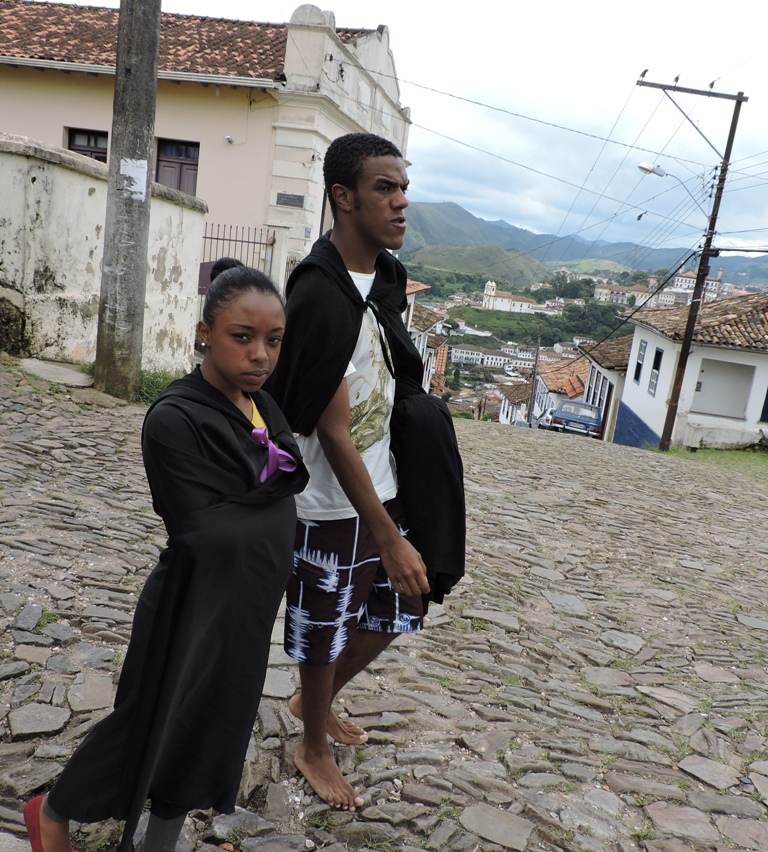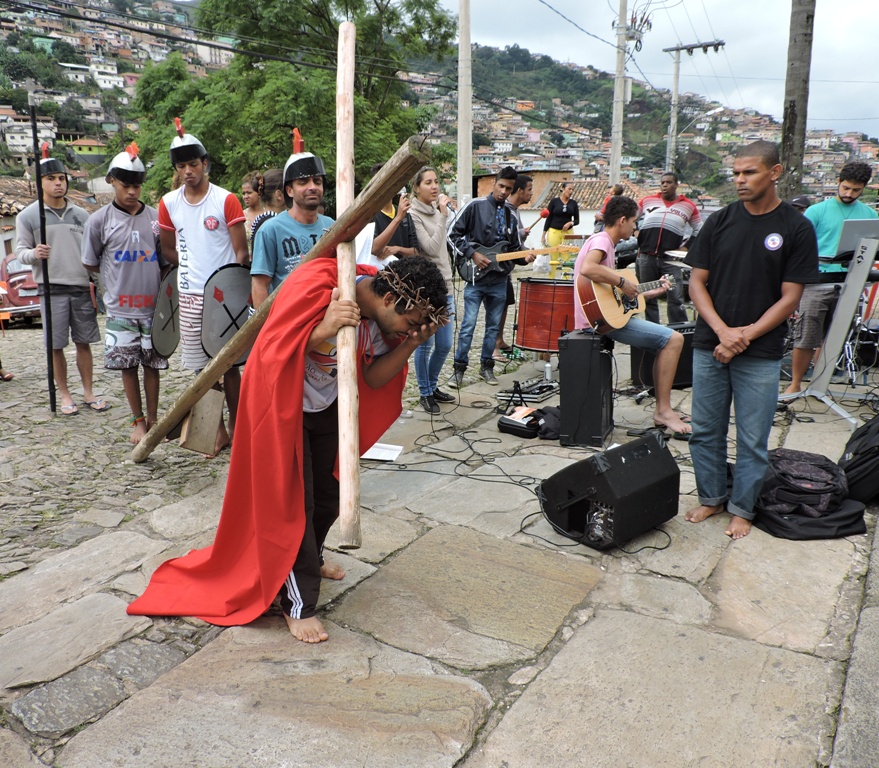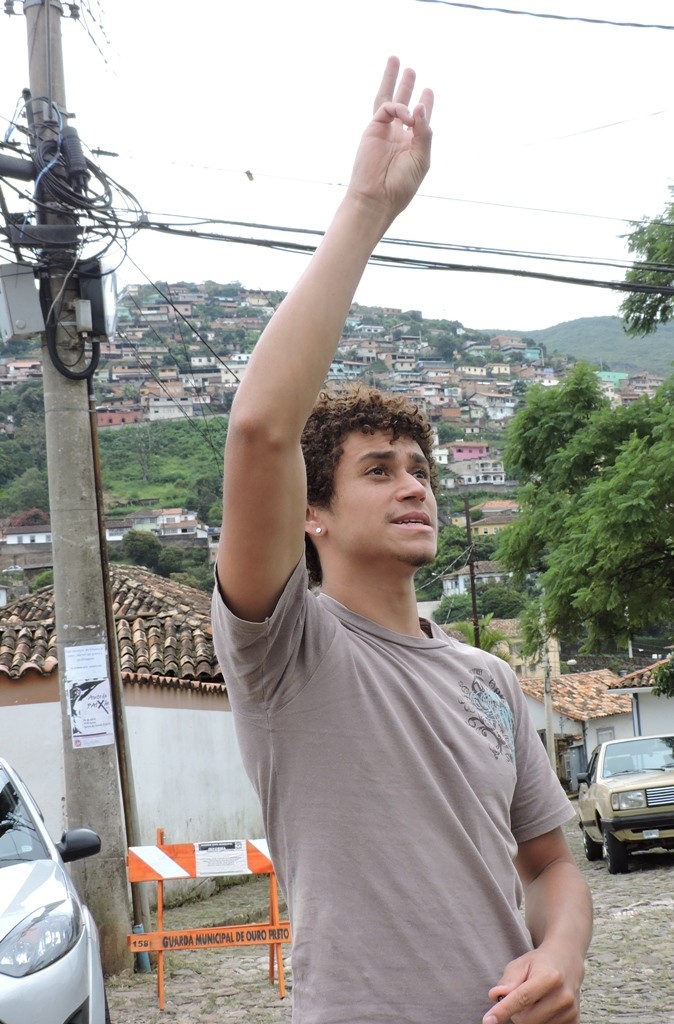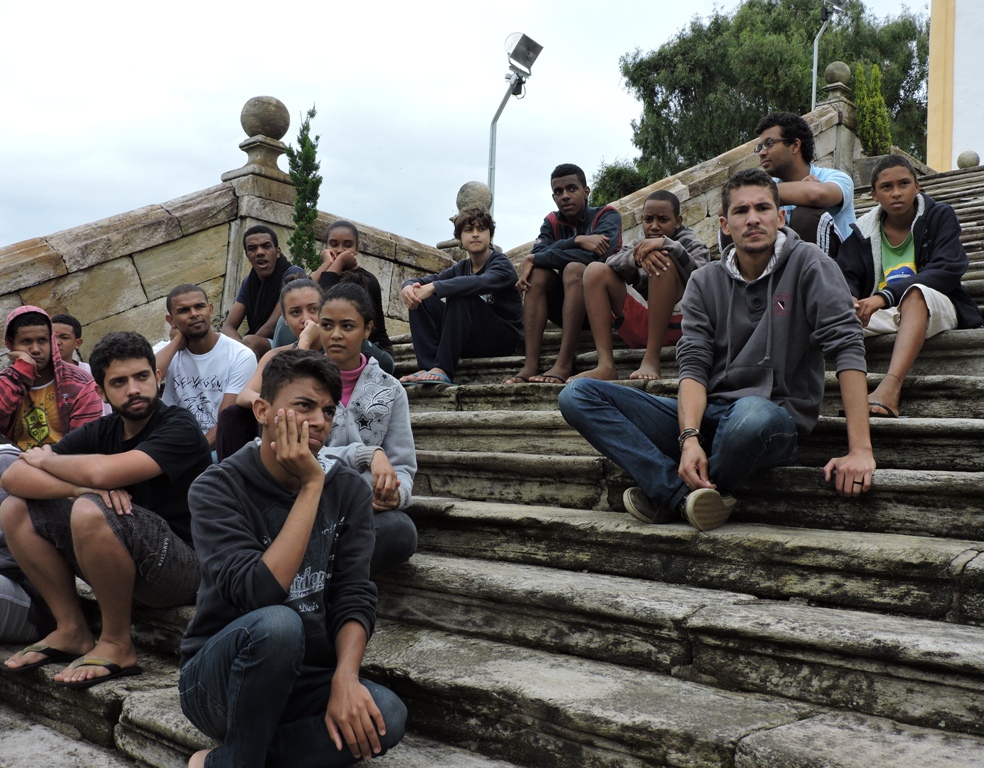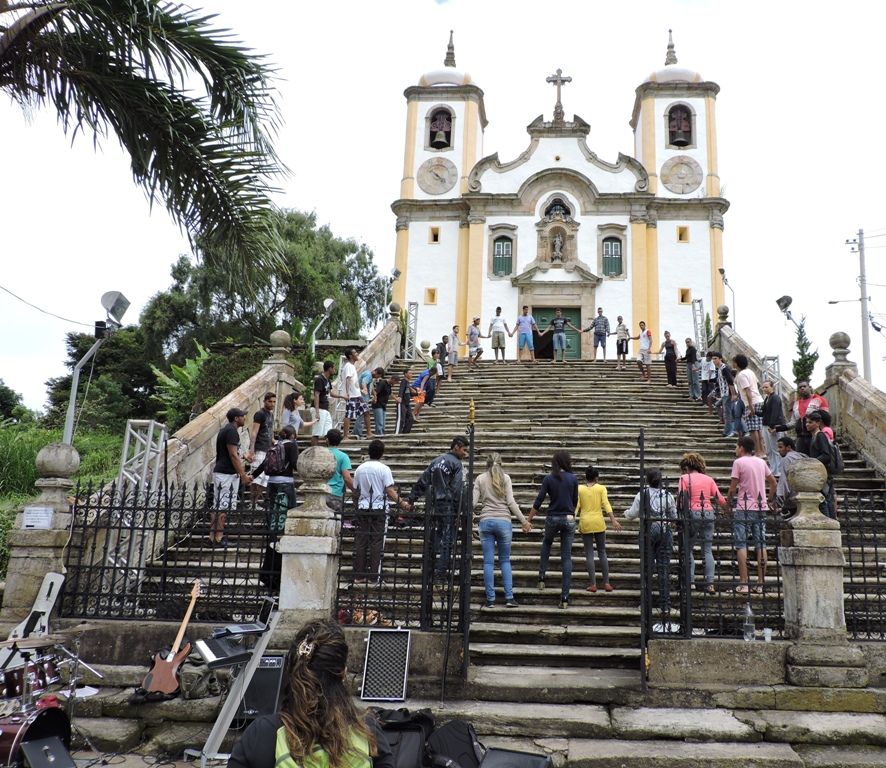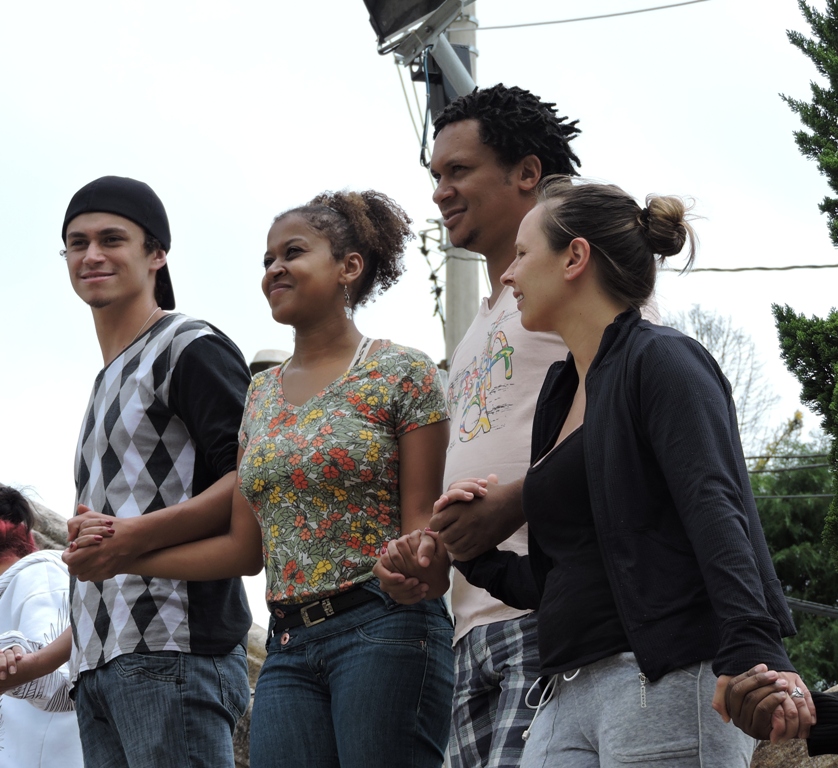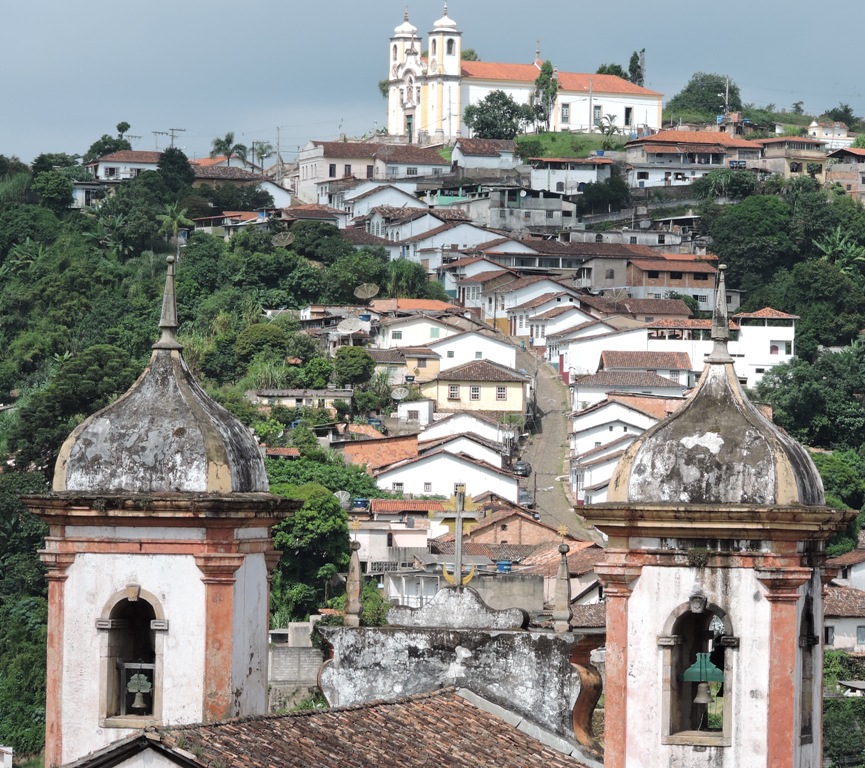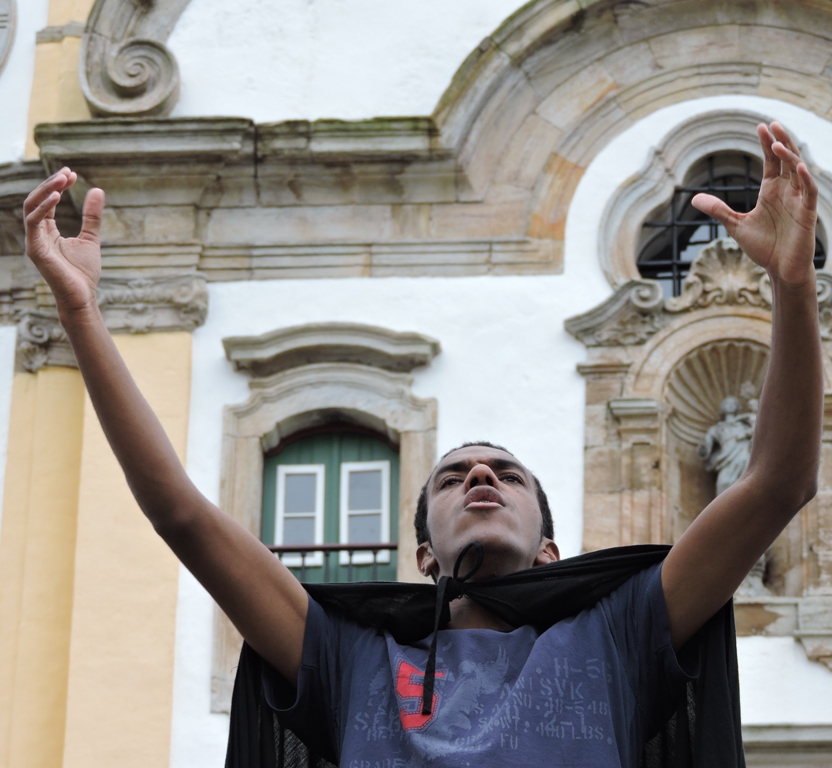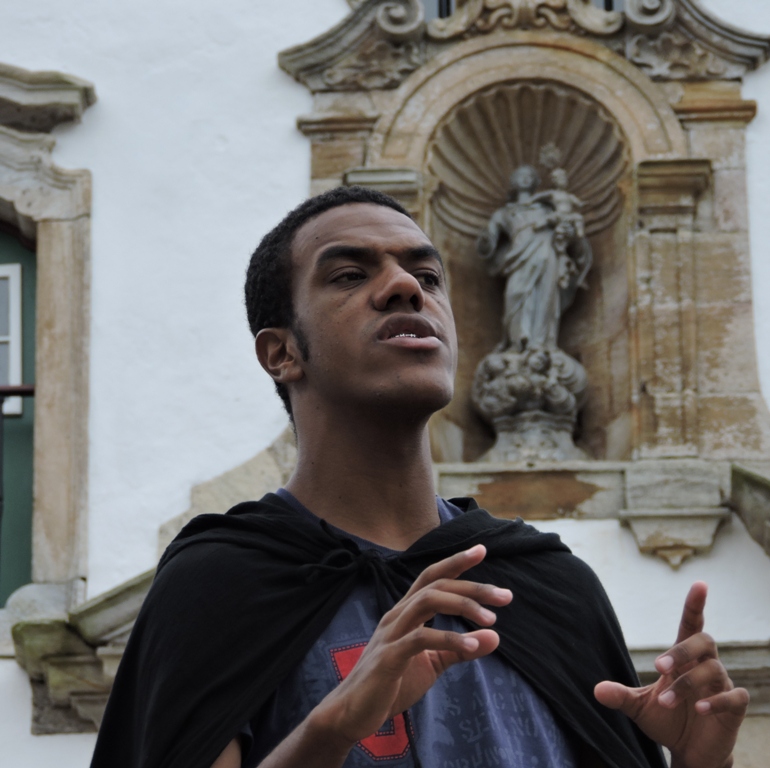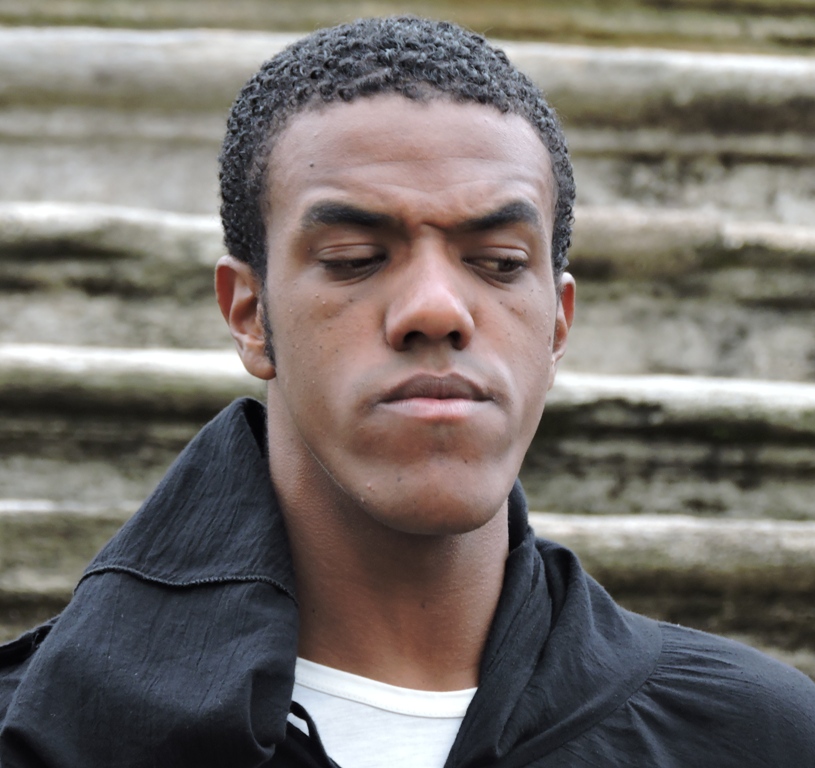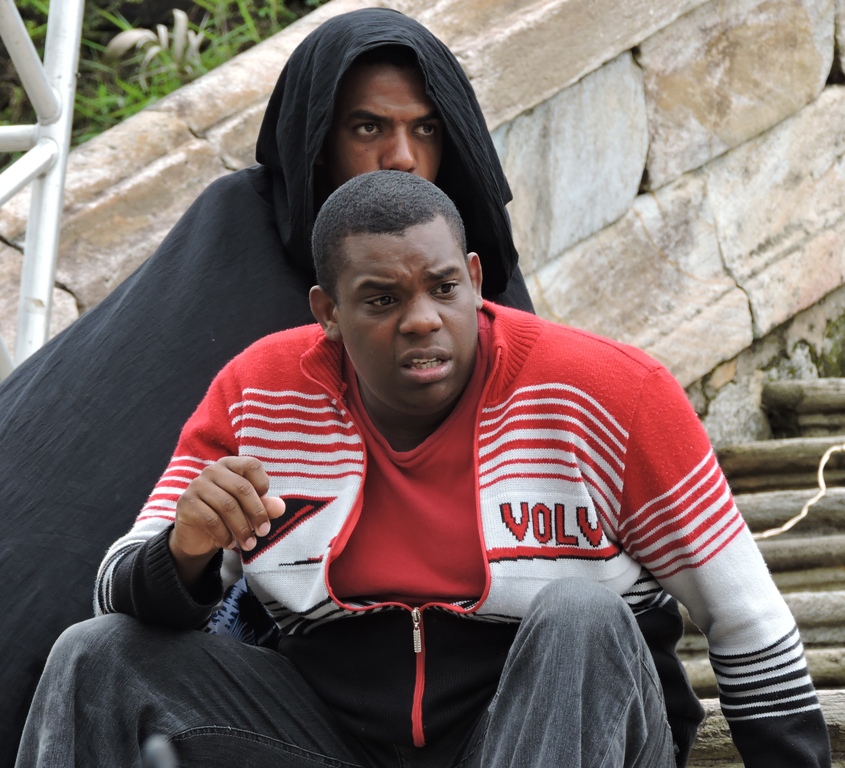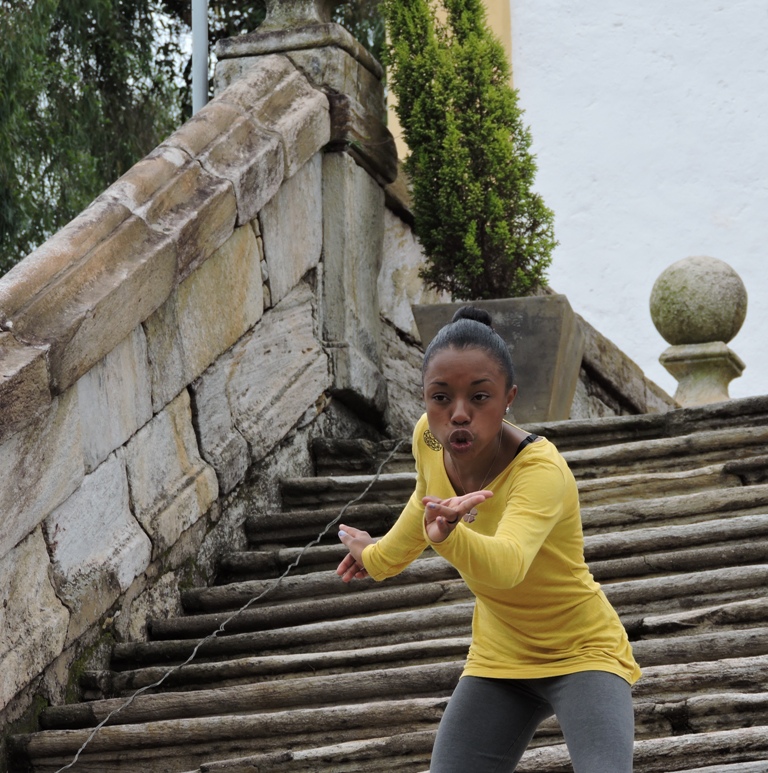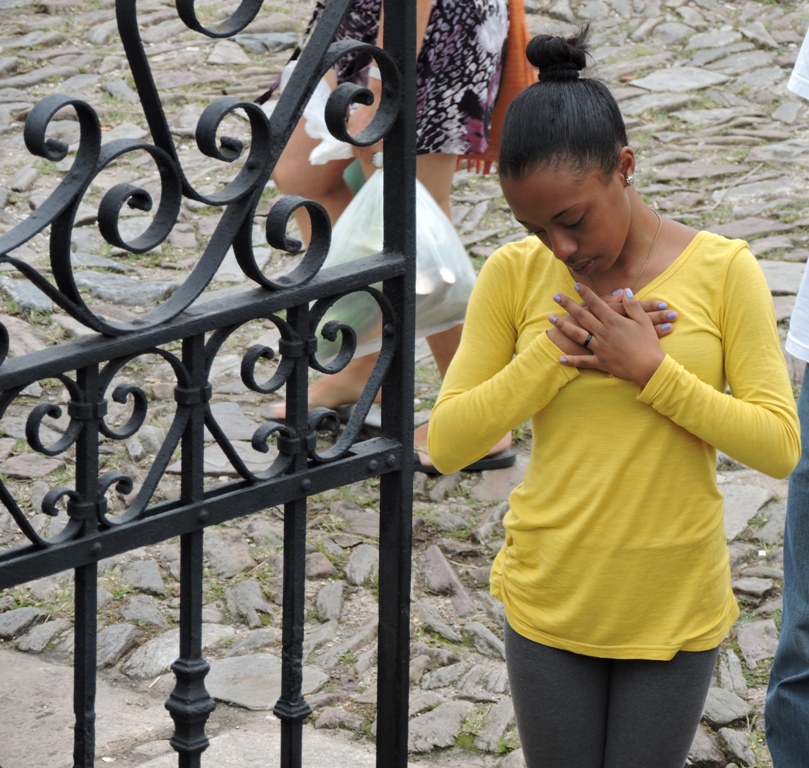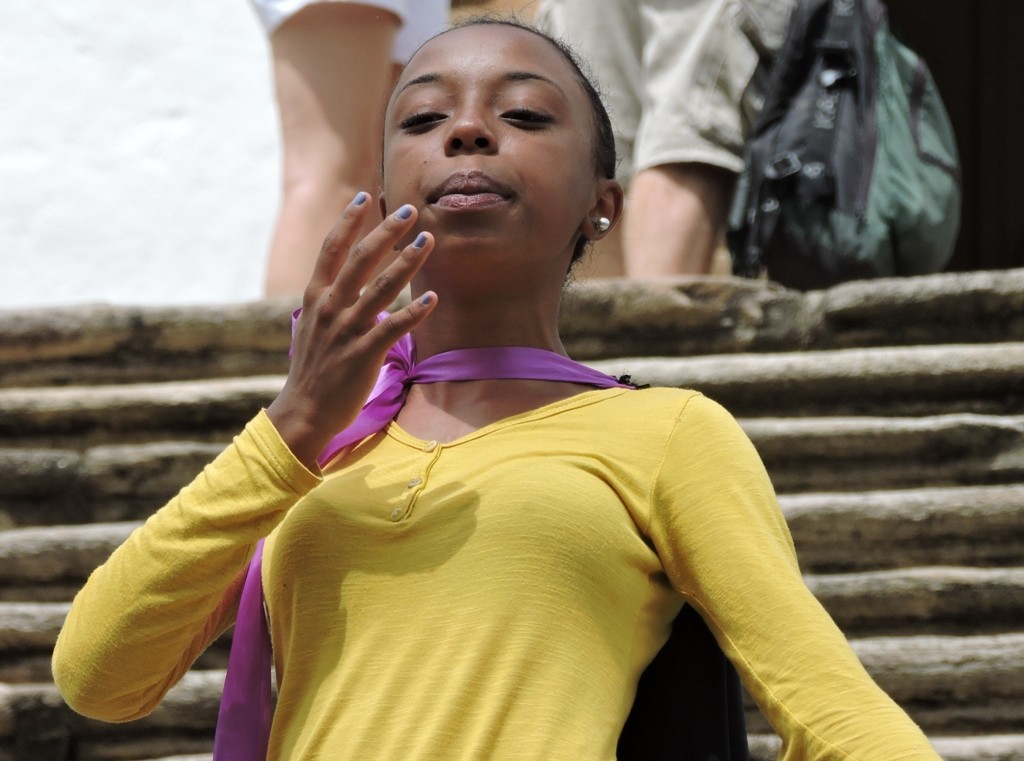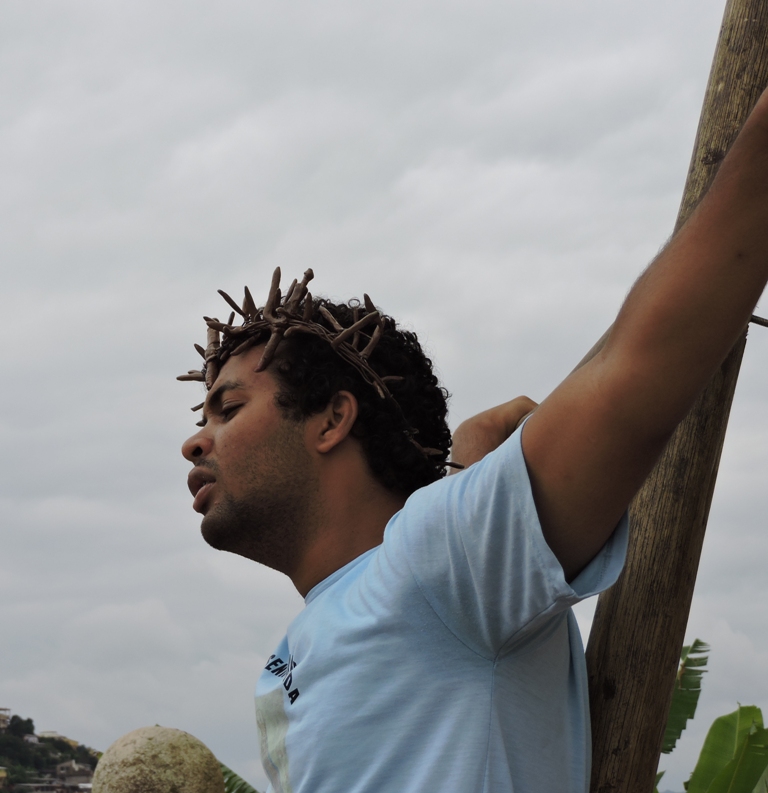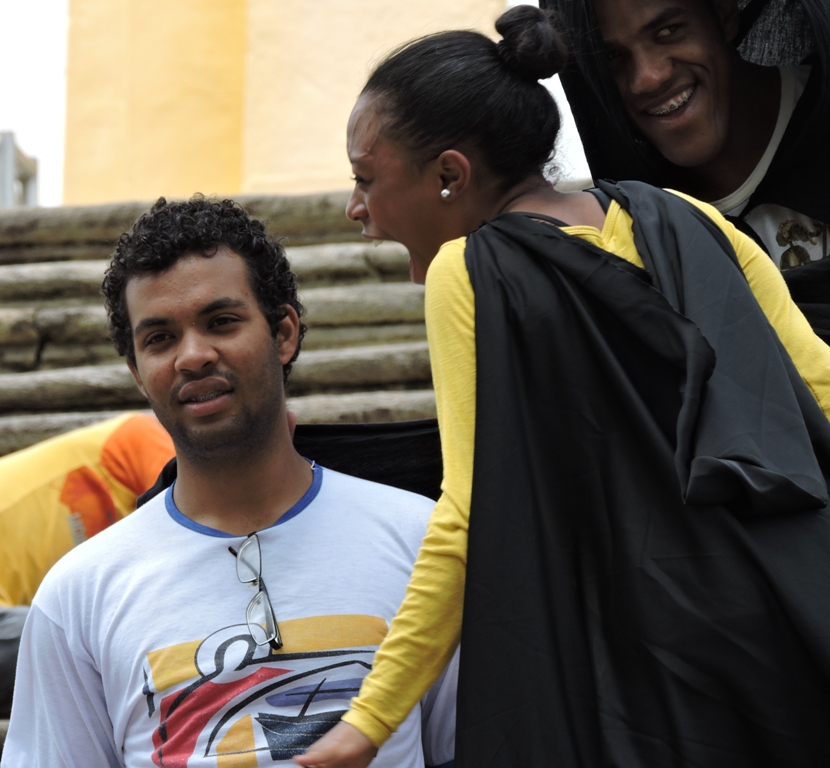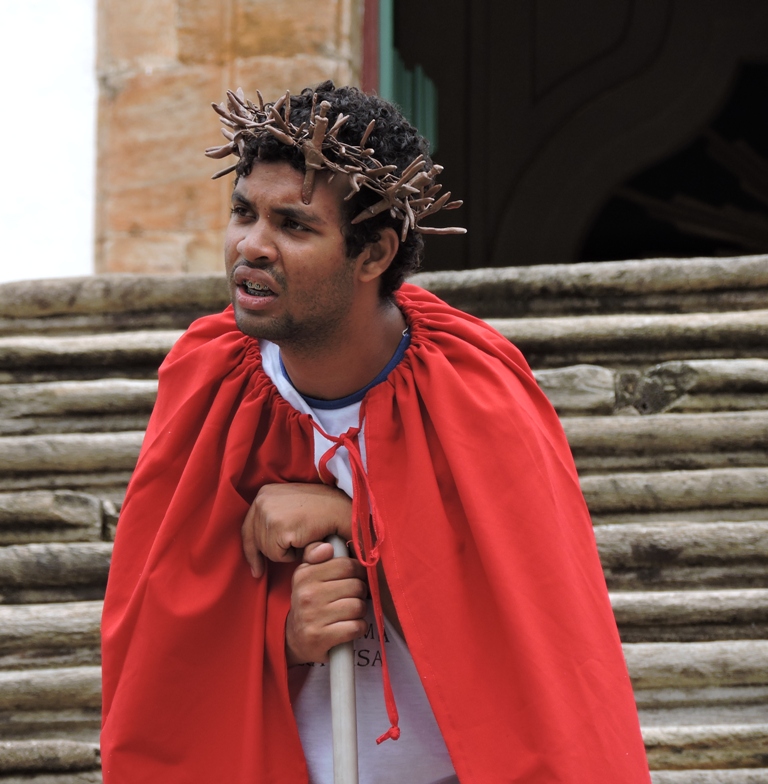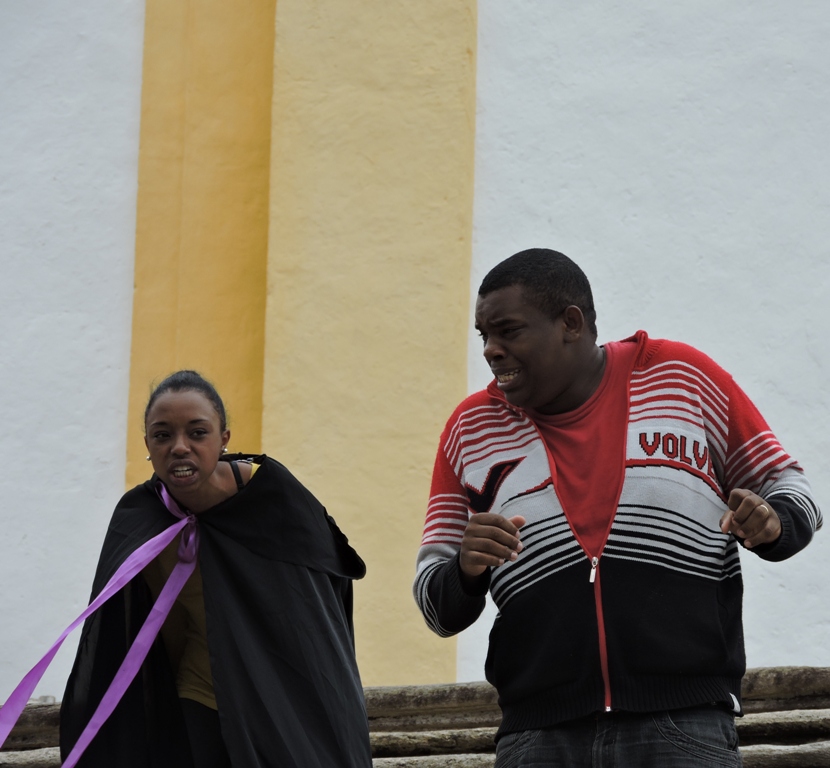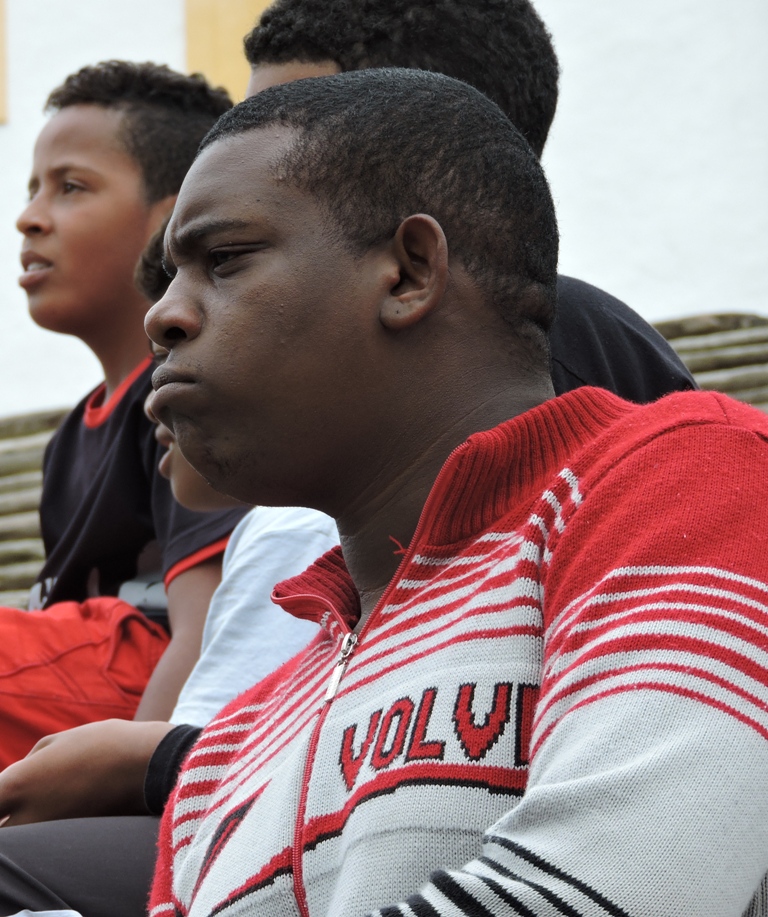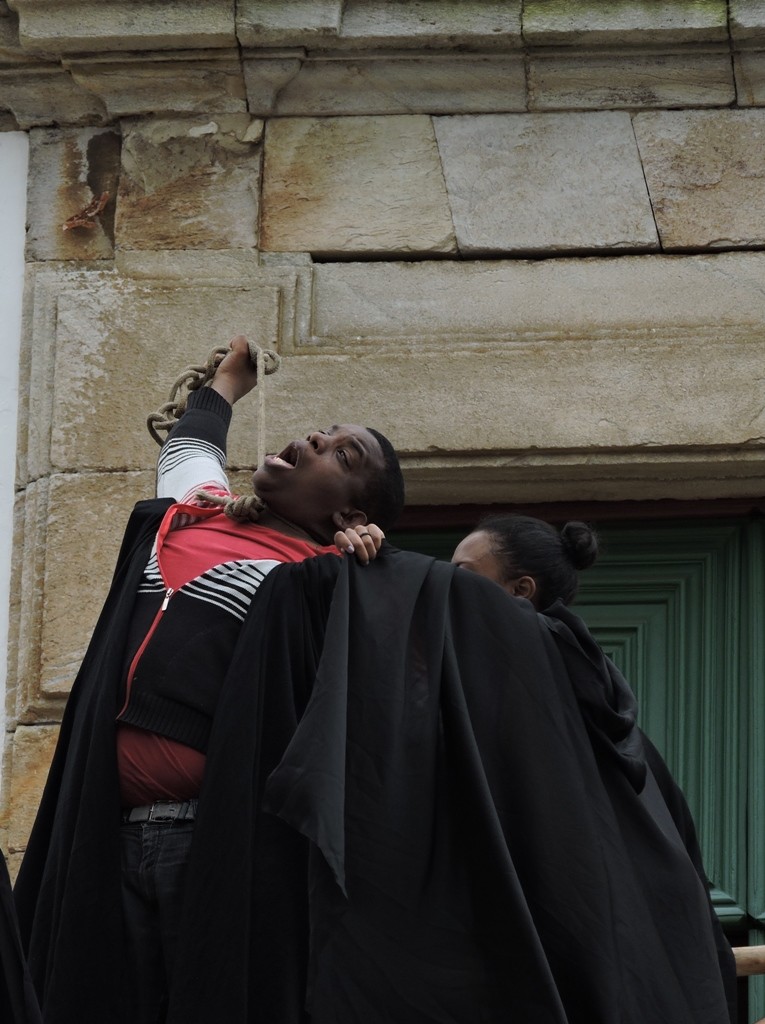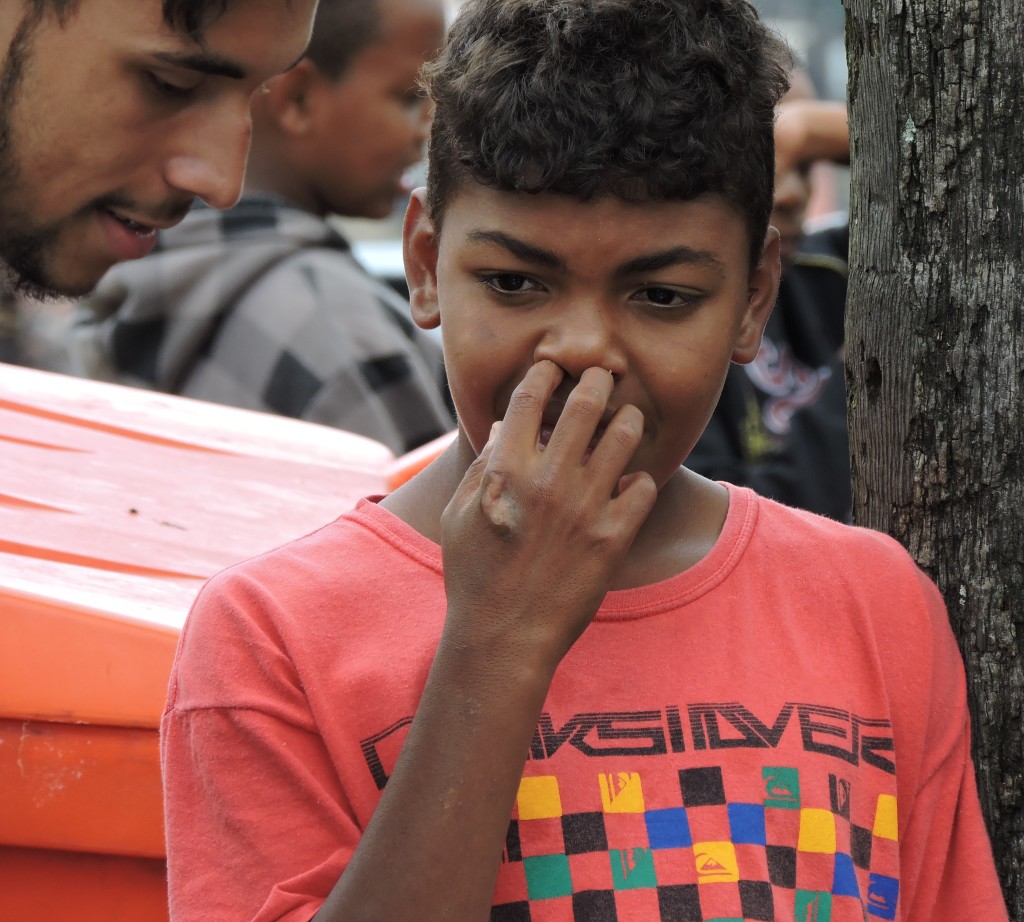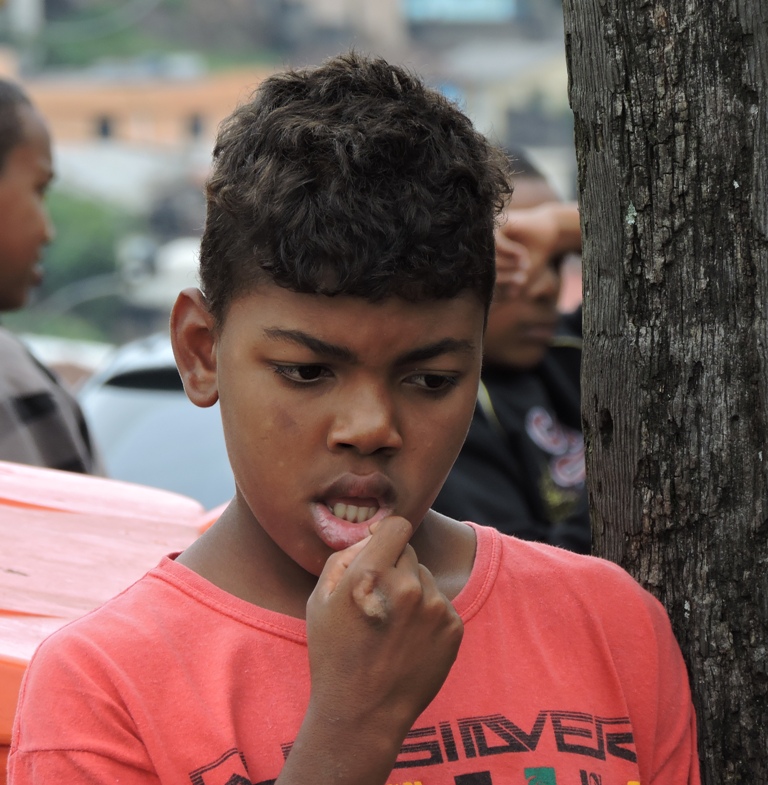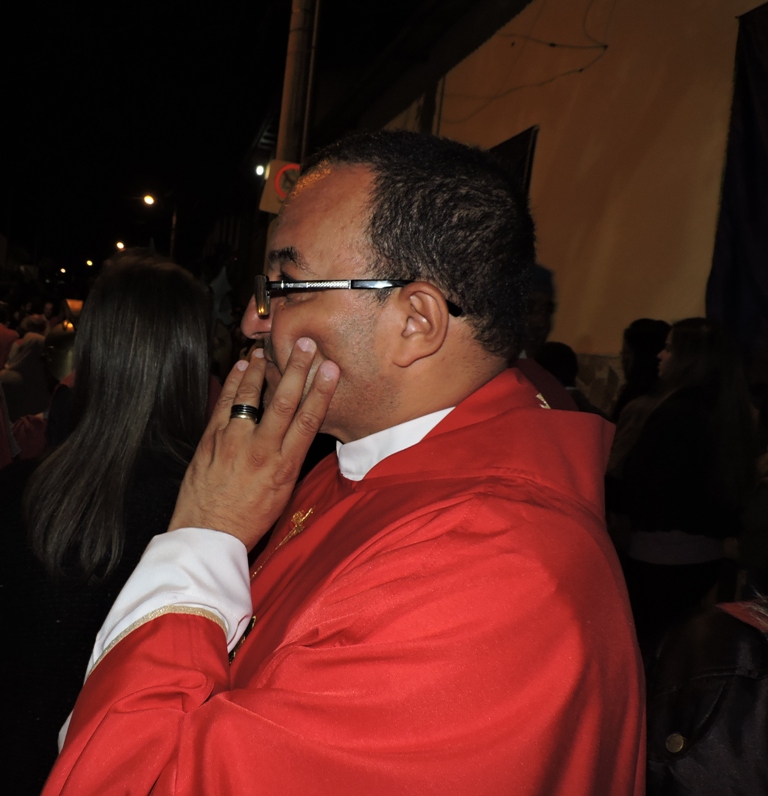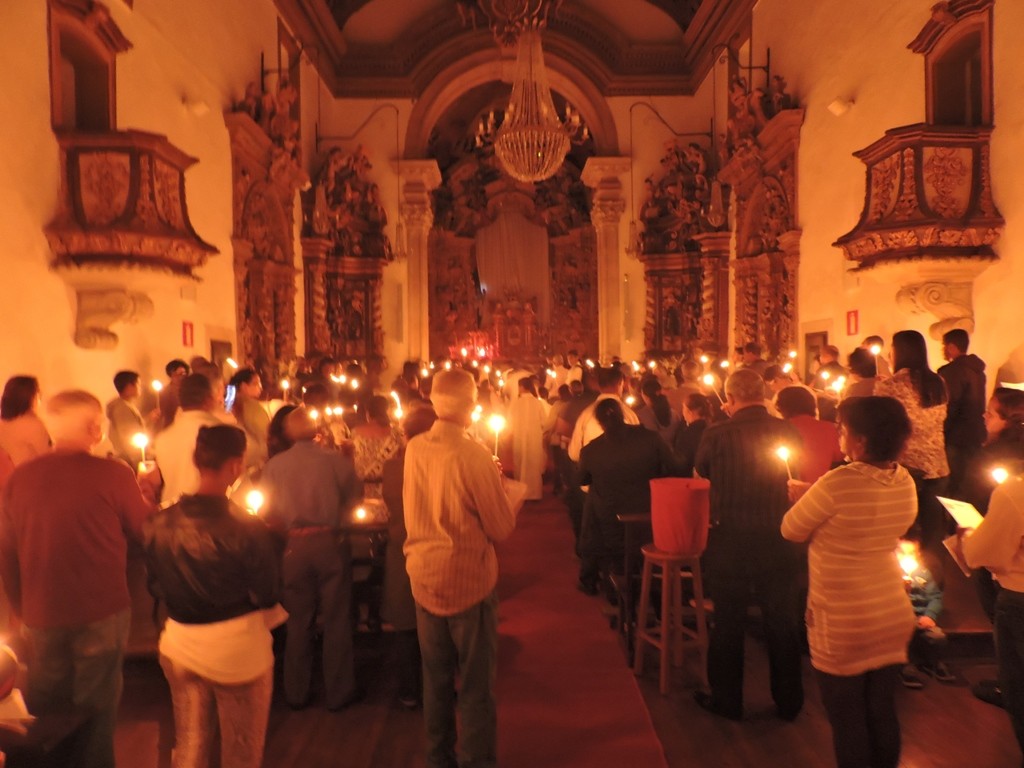Klaus Hart Brasilientexte
Aktuelle Berichte aus Brasilien – Politik, Kultur und Naturschutz
Brasilien: Carnival in colonial Minas Gerais – Befreiungstheologe Frei Betto.
Carnival was originally a religious feast. Since they were forbidden from eating meat and having sexual relations during Lent, Christians would spend the three days before Ash Wednesday in debauchery.
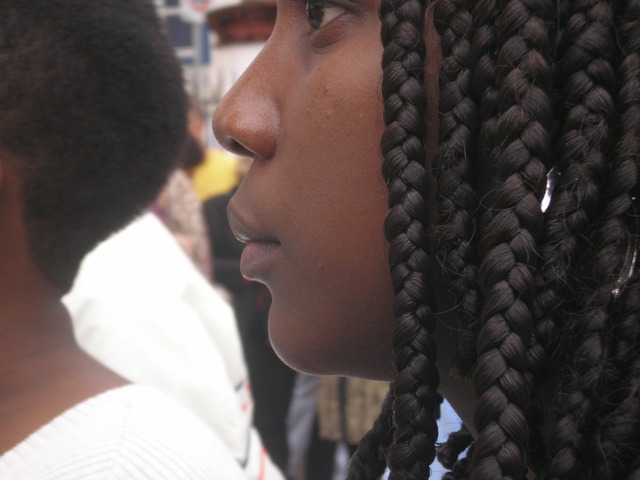
Fancy balls, marches and parades were added to the excesses in eating and lovemaking. In time Carnival became a pagan feast and today from another perspective, it continues to conform to its etymology which is the feast of the flesh¦Brazilians and foreigners ecstatically contemplate the samba schools™ parades. They admire the sumptuousness of the floats, the rich detail of the costumes, the dancing, the music, the mulatas™ sensual movements and the gracefulness of the samba dancers. The first parade, without exaggeration, which can be considered the start of Carnival in Brazil took place in Vila Rica, today known as Ouro Preto (in the state of Minas Gerais), in 1733 and was described in detail by Simao Ferreira Machado from Portugal who watched it all. He recalls the Triunfo Eucaristico (Eucharistic Triumph), the procession which removed the Blessed Sacrament from the Rosario Church to the Church of Pilar for its inauguration.
Five high arches, with a good distance between them, marked the cortège™s course. The roads were carpeted with biblical scenes made from coloured sawdust, coffee grounds, flour, sand, salt, ground glass, leaves and flowers. One picture depicted spring, another the mysteries of far off Arabia. Black children were dressed as princes, chamber maids as queens and beggars as scholarly cardinals.
At the head of the procession figures in military uniform represented Moors and Christians. The cortège would pause at every corner to act out the conflict by way of lively dancing. From the top of the beautifully painted floats the Emperor and the Ensign, portrayed by well known actors, watched it all. The largest float in the shape of a vault sheltered a cavalier who, appearing from within, mounted the head of a serpent symbolizing the victory of good over evil.
Four figures on horseback followed, representing the winds from the North, South, East and West. The West wind, blown to the strident sound of a trumpet decorated with multicoloured ribbons, wore a large hairdo tied with white ribbon and a bow of pink coloured silver ribbon on the front with a diamond studded brooch at its centre. The East Wind wore a white plumed head dress adorned with ermine. The white silk worn by the North Wind was decorated with silver epaulets with green flowers. The South Wind had laced boots covered with feathers and, on its back, a pair of wings: in the left hand, a trumpet from which hung a standard of transparent hand embroidered cambric with pink and red coloured bows of silver ribbons.
After the winds there were nymphs with their hair half covered by turbans embroidered in silver and lots of pearls. They wore silver trimmed silk. Hanging on their left shoulder was a golden chord holding a quiver, on their right arm, a bow with an arrow in their hand. In their left hand they carried a black hunting dog with blue ribbons on its back and a collar of silver bells.
Fame came next riding a horse, crowned with a coiffeur of diamonds shaped like flowers. Her breast was covered in gold lace and precious stones and on her back she had a pair of incrusted wings. Her right hand held a standard with the Ark of the Alliance painted on one side and a monstrance on the other. She was accompanied by two pages wearing a scarlet doublet and Dutch bodice with wings on their hats, on their backs and on their feet.
Then came the Moon mounted on a beautiful white horse covered with a cloth adorned with silver embroidery. His head was covered with a blue turban embroidered with pearls.
Behind him was Mars surrounded by three figures wearing Moorish silver carmine toques with green ribbons thrown over their shoulders. The one in the middle played a war drum, the one of the left a simple flute and the one on the right a trumpet.
The Sun appeared then, surrounded by a ring of angels, its head crowned with lights, its hair in golden plaits. It wore muslin the colour of fire, its chest covered with diamonds held together by gold threads. From there arose a circle of rays in gold and precious stones, a golden harp in its hands.
The black people made shawms, flutes, drums and trumpets sound, dancing in a circle in the centre of which a blue eyed fair haired man blew a strident clarinet. The faithful from the brotherhoods closed the parade, or rather, the procession, wearing carmine damask with gold tassels, white silk sleeveless surplices and green taffeta. They wore plumed hats on their heads. Â
Jupiter, crowned in gold, stood out on one of the triumphal floats pulled by two eagles. Venus was depicted on another float in the shape of a sea shell which moved ingeniously as though pushed and pulled by the waters. Â Â Â Â
No one ever knew who had sponsored such splendour which, according to the anonymous Maecenas, was meant to reflect the dignified magnificence of celestial glory.
*Frei Betto is a writer and co-author with Marcelo Barros, of ”O amor fecunda o Universo “ ecologia e espiritualidade (Love engenders the Universe – ecology and spirituality) (Agir).
ABOUT THE Autor
He is a Brazilian Dominican with an international reputation as a liberation theologian. Within Brazil he is equally famous as a writer, with over 52 books to his name. Â In 1985 he won Brazil™s most important literary prize, the Jabuti, and was elected Intellectual of the Year by the members of the Brazilian Writers™ Union. Frei Betto has always been active in Brazilian social movements, and has been an adviser to the Church™s ministry to workers in Sáo Paulo™s industrial belt, to the Church base communities, and to the Landless Rural Workers™ Movement (MST). In 2003-2004, he was Special Adviser to President Lula and Coordinator of Social Mobilisation for the Brazilian Government™s Zero Hunger programme.
http://www.dradio.de/dlf/sendungen/sonntagsspaziergang/1028582/
Ouro Preto, Weltkulturerbestadt in Brasilien, Osterprozession, Procissão de Páscoa 2015. **
-http://www.dw.de/ouro-preto-statt-rio-de-janeiro-und-sao-paulo/a-4281011
http://www.hart-brasilientexte.de/2012/04/02/ostern-in-ouro-preto-brasilien/
Nachtprozession im Viertel Bauxita von Ouro Preto:
Ostern/Pascoa in Ouro Preto 2015, UNESCO-Weltkulturerbe-Stadt in Brasilien. Leiden, Sterben, Auferstehung des Jesus von Nazareth, interpretiert von der katholischen Jugendpastoral auf den Stufen der Santa-Efigenia-Kirche – starke aktuelle Bezüge. “Auto da Paixão” – “Evangelizando através da Arte”. **
A Pastoral da Juventude da Paróquia de Santa Efigênia de Ouro Preto, realiza, mais uma vez, com o apoio da paróquia de Santa Efigênia e da Prefeitura Municipal de Ouro Preto, o Auto da Paixão nas escadarias da Igreja de Santa Efigênia.
Com o ideal “Evangelizando através da Arte” sempre em mente, os jovens chamam a atenção do cristão para refletir mais a vida, morte e ressurreição de Cristo. Além disso, esses jovens chamam a atenção do público pela realização e atuação.
A cada ano que avança, o auto surpreende mais o público e aflora o talento de cada um dos participantes encantando os moradores da paróquia e da cidade de Ouro Preto. E isso é o resultado de todo o amor e carinho de todos os organizadores por cada minuto dedicado para o ensaio, caracterização, concentração, organização e muito ensaio, é claro!
Todas as etapas da organização e realização são feito pelos jovens da Pastoral e alguns voluntários, com apoio principal da Paróquia de Santa Efigênia. O evento é totalmente gratuito e conta, mais uma vez com a participação dos moradores e turistas da cidade. Venham! Não deixe de prestigiar o trabalho desses lindos jovens que estão preparando o teatro com tanto carinho.
O Auto da Paixão 2015 será no dia 04 de abril, sábado as 19h:00. Venha e traga a sua família!
Texto-Rúbia Araújo Borges- Colaboradora da Divulgação
Brasilien . Kirche und Gesellschaft. Sammelbandtexte:
Der Regisseur.
Die Santa-Efigenia-Kirche oben auf dem Hügel.
Porträtstudien von Mitwirkenden:
Padre
Luiz Carlos dos Santos
der Kirchengemeinde Santa Efigenia.
http://www.visiteurucania.com.br/padre-luiz-carlos-dos-santos/
http://www.paroquiasantaefigenia.com.br/
Ouro Preto – Osterprozession 2015:http://www.hart-brasilientexte.de/2015/04/29/ouro-preto-weltkulturerbestadt-in-brasilien-osterprozession-2015/
Brasilien: Katholische Engel in Bauxita bei Ouro Preto(2). Katholische Kultur in Minas Gerais. **
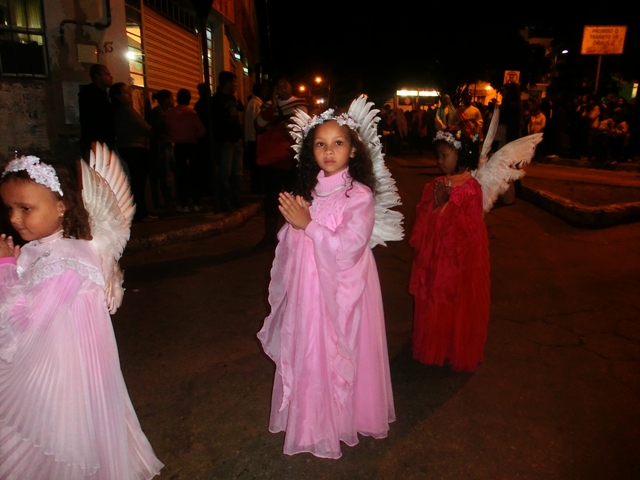
Brasilien: Katholische Engel(Anjos) in Ouro Preto – UNESCO-Weltkulturerbe-Barockstadt. Katholische Kultur in Minas Gerais. **
tags: brasilien-engel-ouro preto-katholische jugendpastoral-k
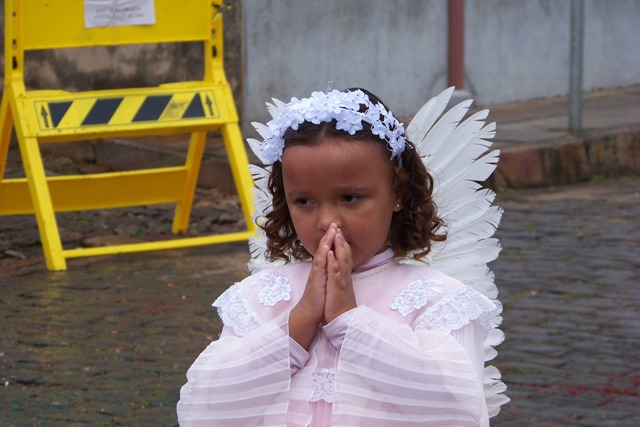
http://www.dw.de/ouro-preto-statt-rio-de-janeiro-und-sao-paulo/a-4281011
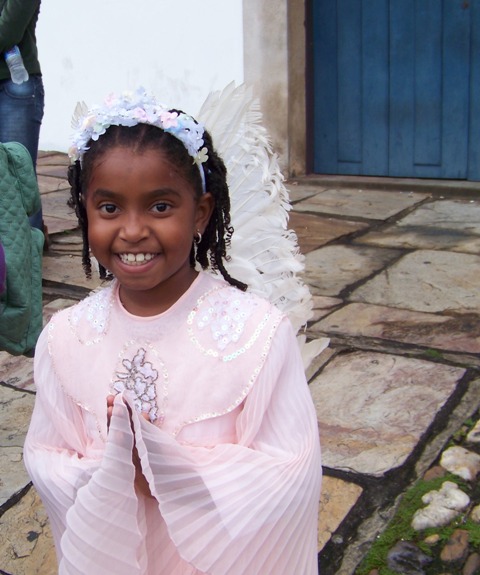
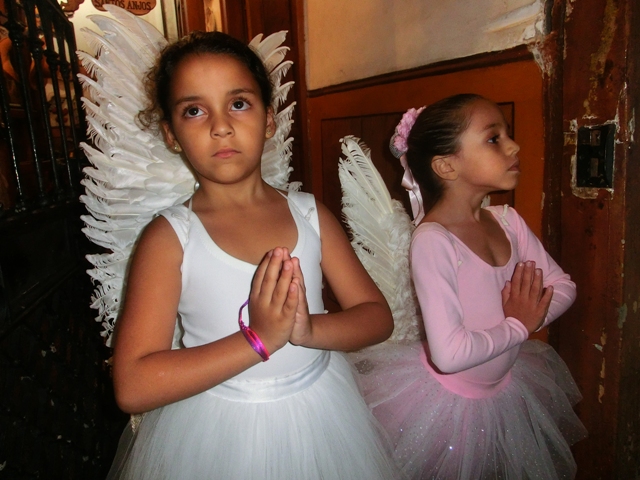
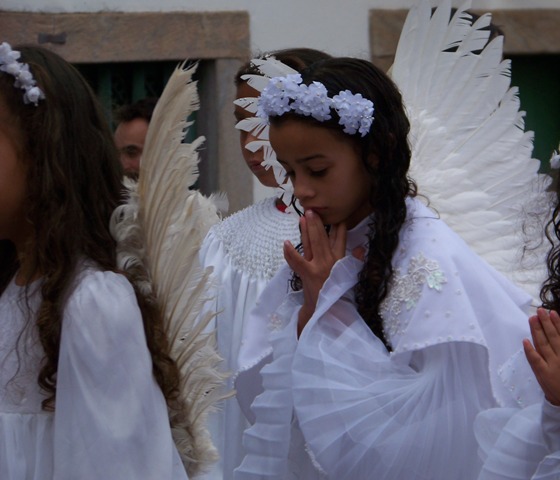
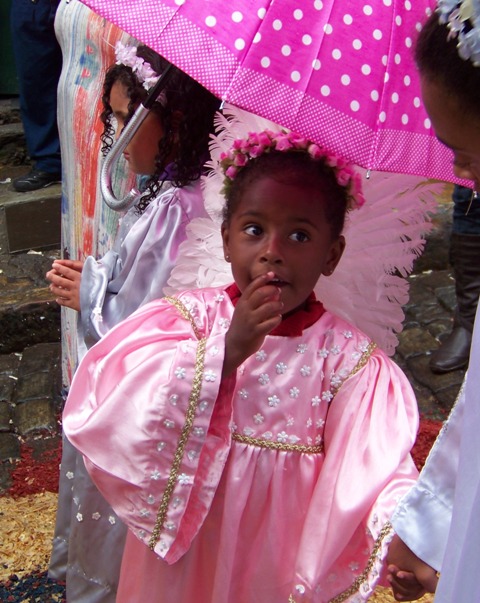
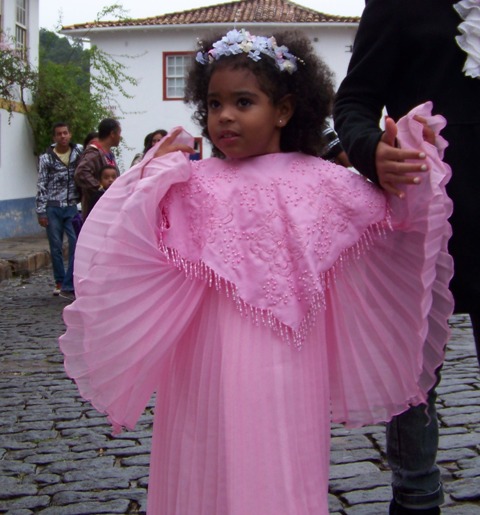
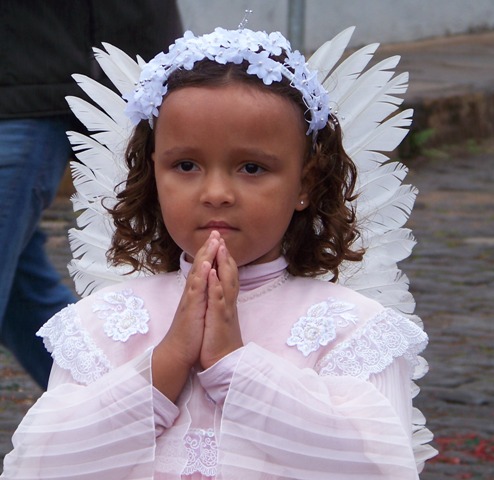
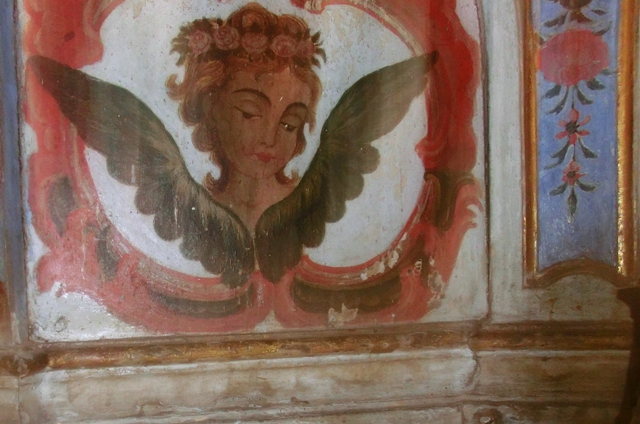
Igreja do Rosario, Ouro Preto.
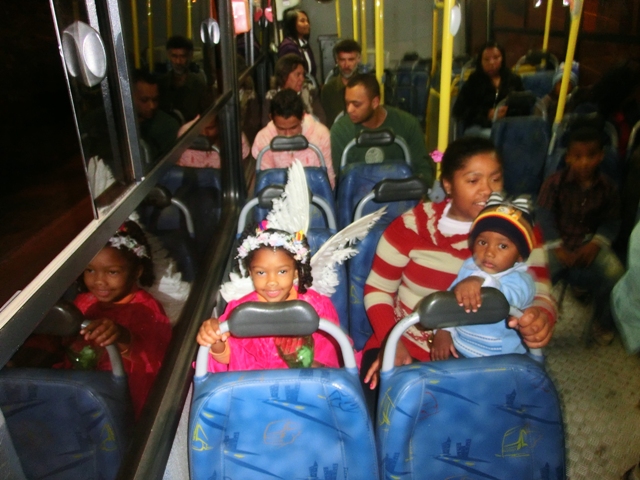
Brasilien: Katholische Engel in Bauxita bei Ouro Preto(2). Katholische Kultur in Minas Gerais. **
tags: brasilien-katholische kultur-engel in ouro preto 2013
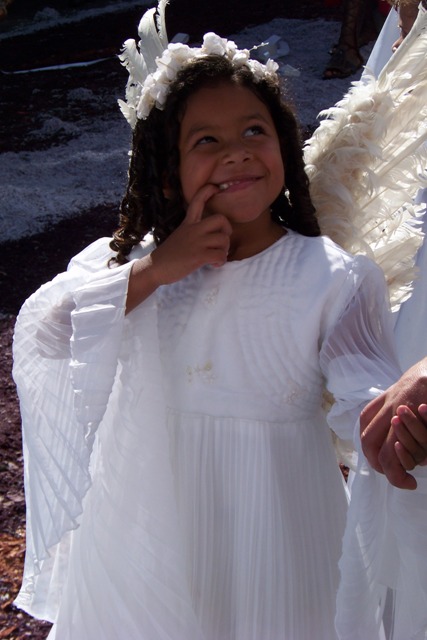
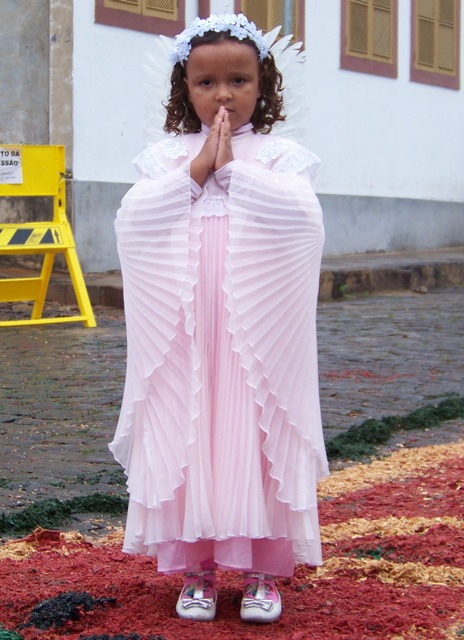
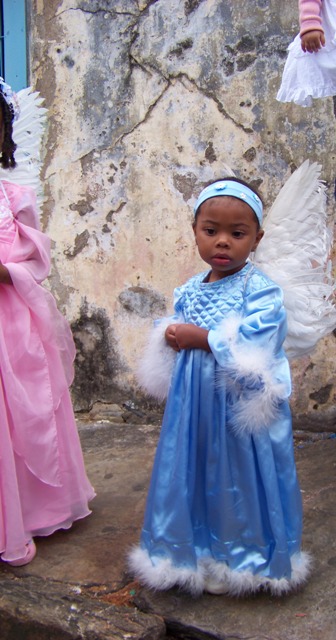
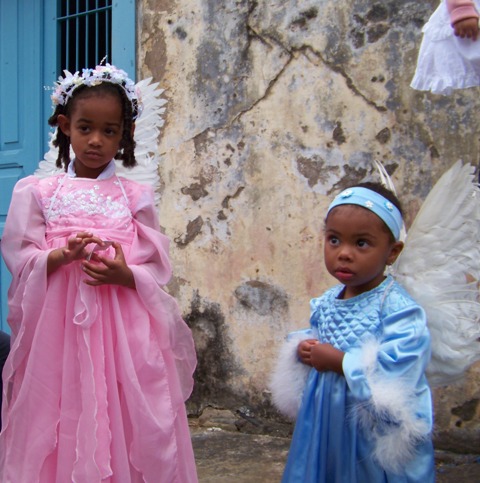
Padre Danival Milagres Coelho mit gutem Engel neben sich…
« Indianer in Brasilien, Hintergrundfakten und Analysen: Indios als illegale Fischer und Fischhändler – Zusammenstoß mit Bundespolizei. – Brasilien: „Overcoming the roots of the crisis“ – Befreiungstheologe Frei Betto »
Keine Kommentare
Noch keine Kommentare
Die Kommentarfunktion ist zur Zeit leider deaktiviert.
NEU: Fotoserie Gesichter Brasiliens
Links zum Thema Ukraine
Fotostrecken Wasserfälle Iguacu und Karneval 2008
interessante Links
Seiten
Ressorts
- Kultur (6.975)
- Naturschutz (1.101)
- Politik (12.729)
Suchen
RSS-Feeds
Verwaltung
